VERY RARE! WWII 1944 Battle of Aachen Siegfried Line “FIRED” Rifle Bullet Casing Recovered From WWII Germany Battlefield (1 Randomly Selected)
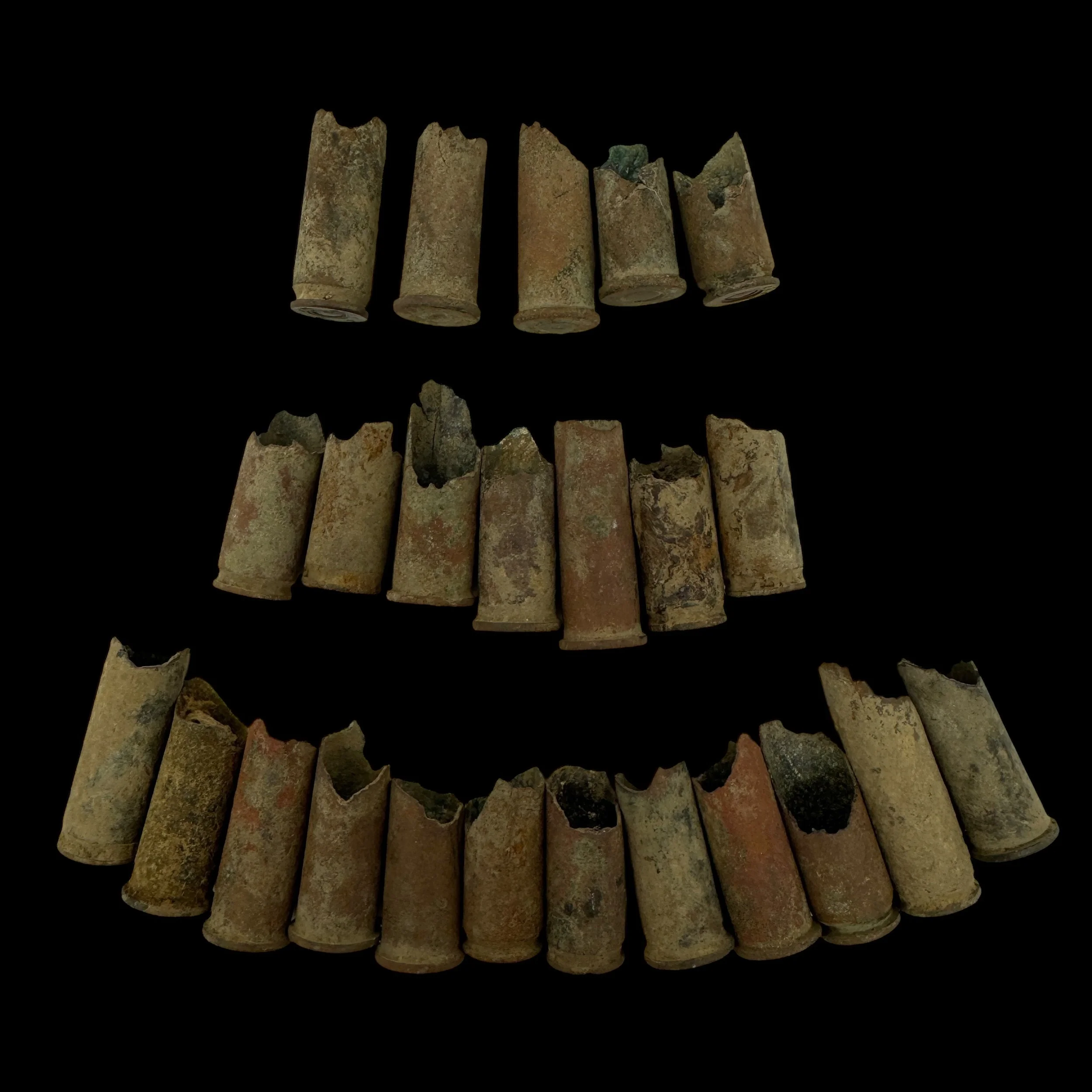
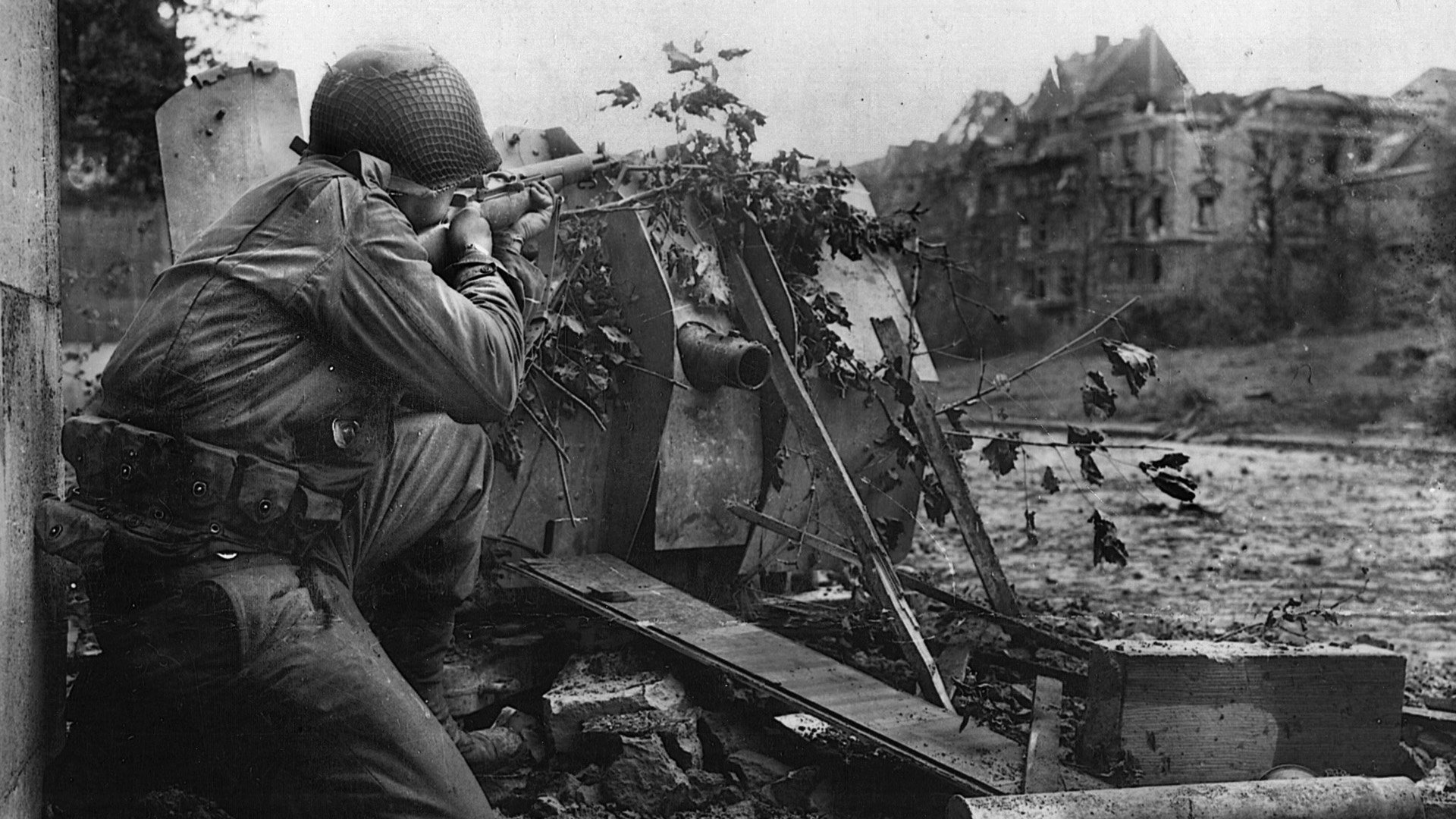
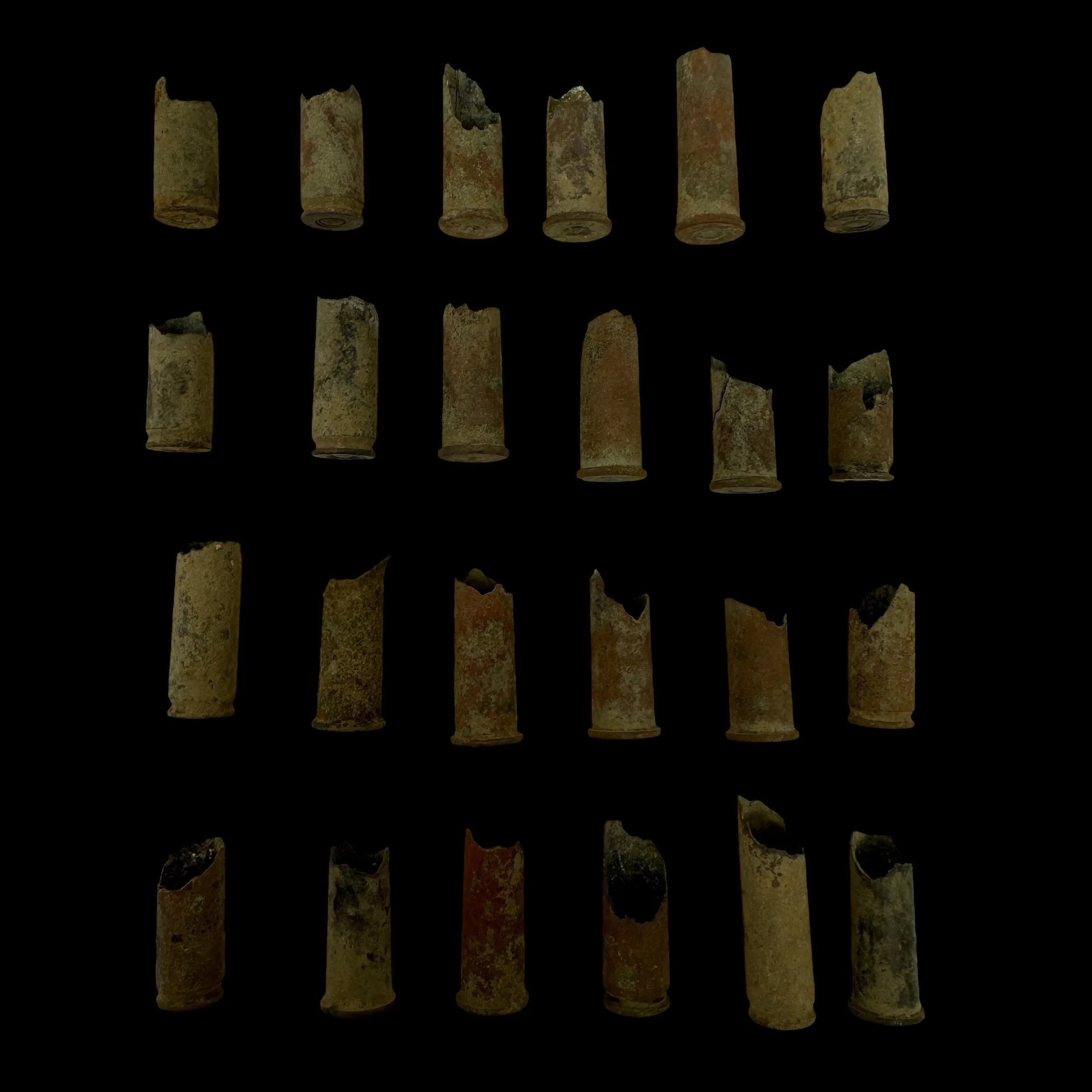
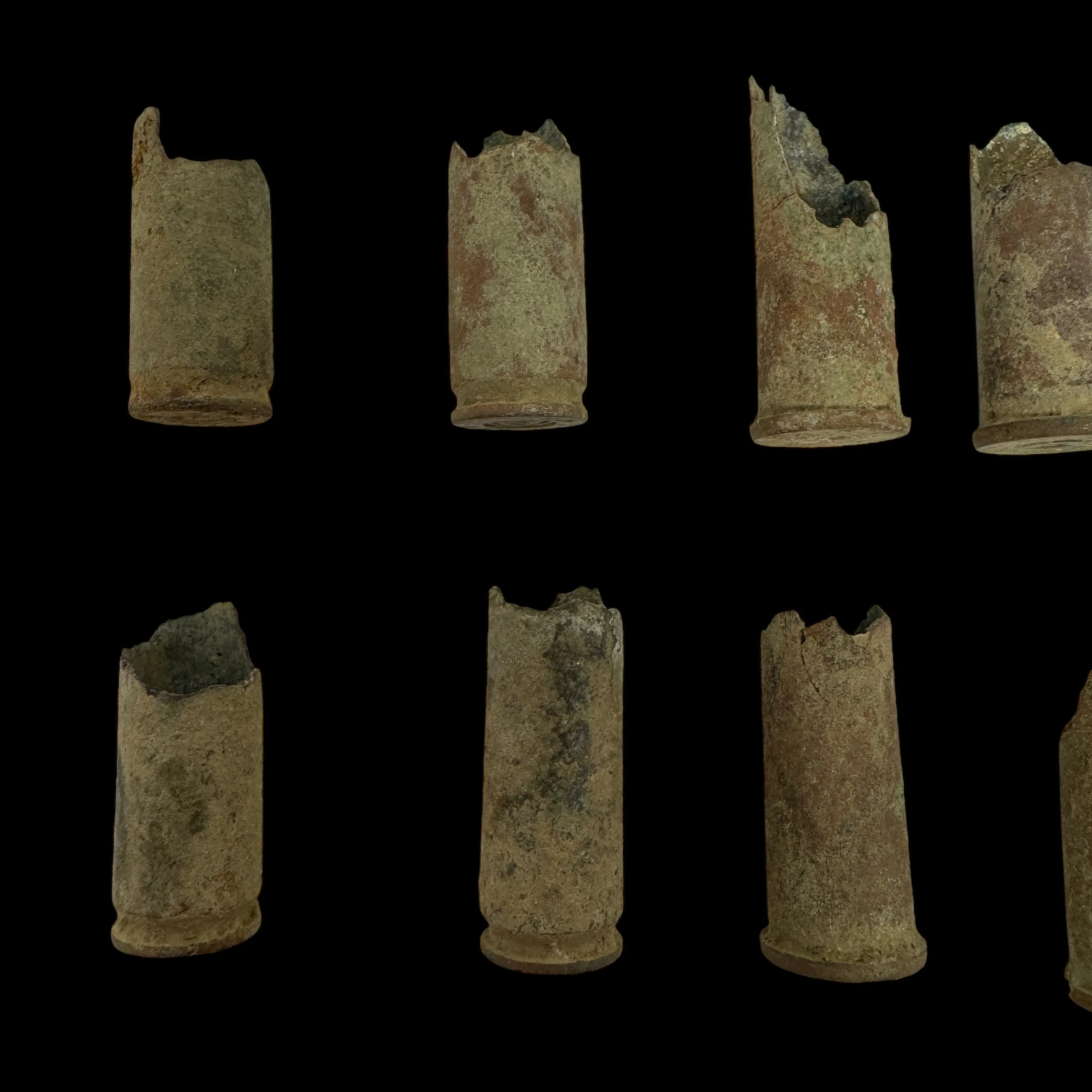
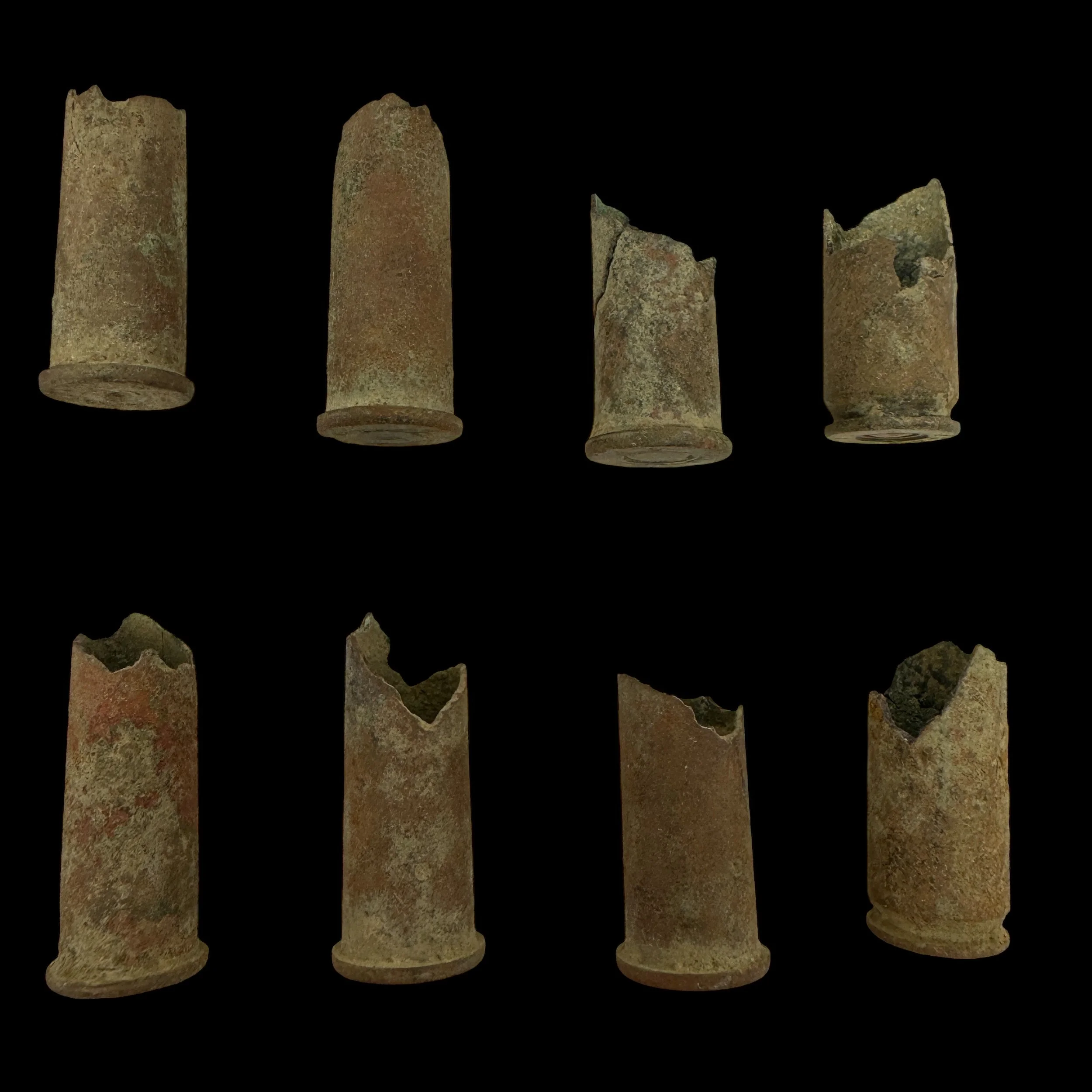
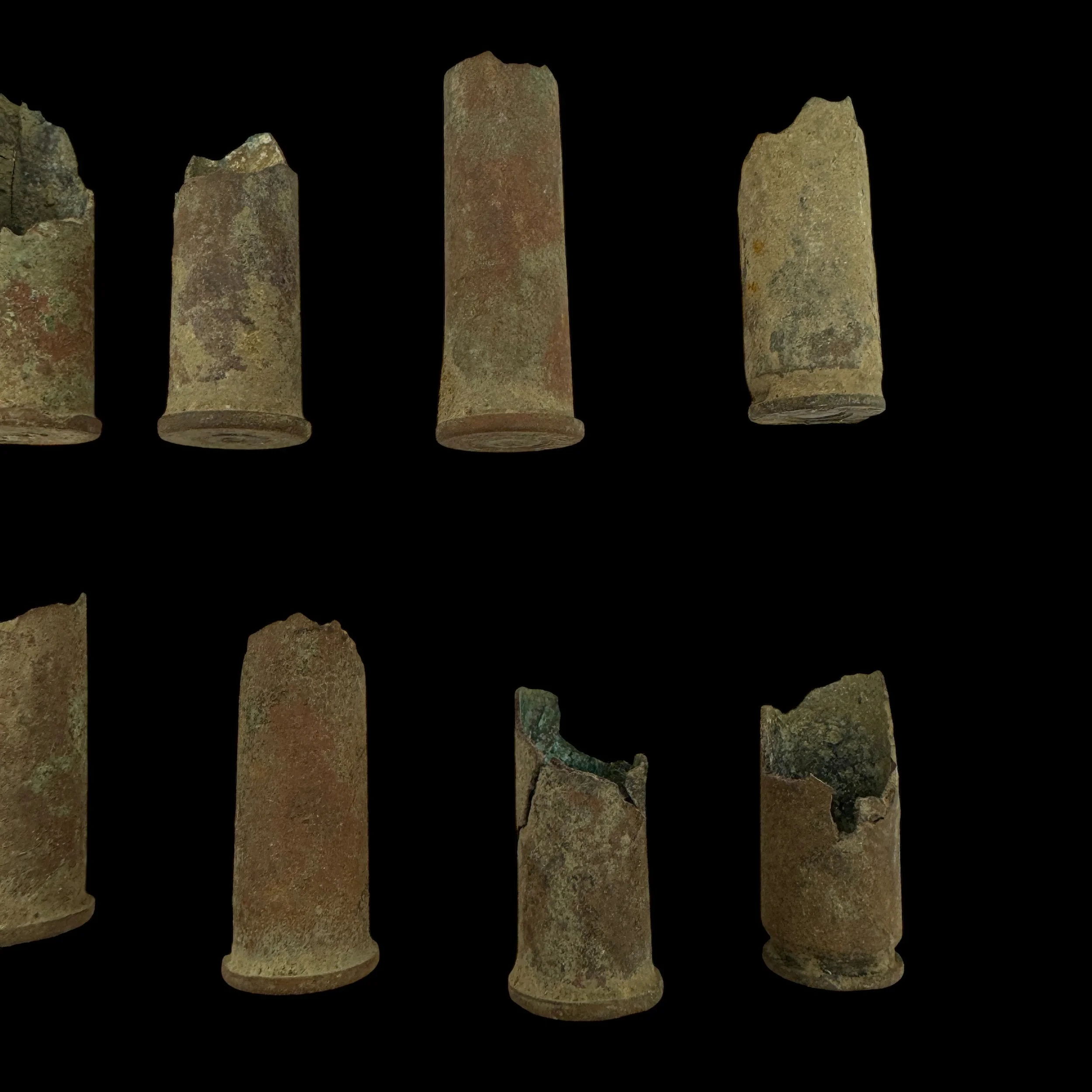
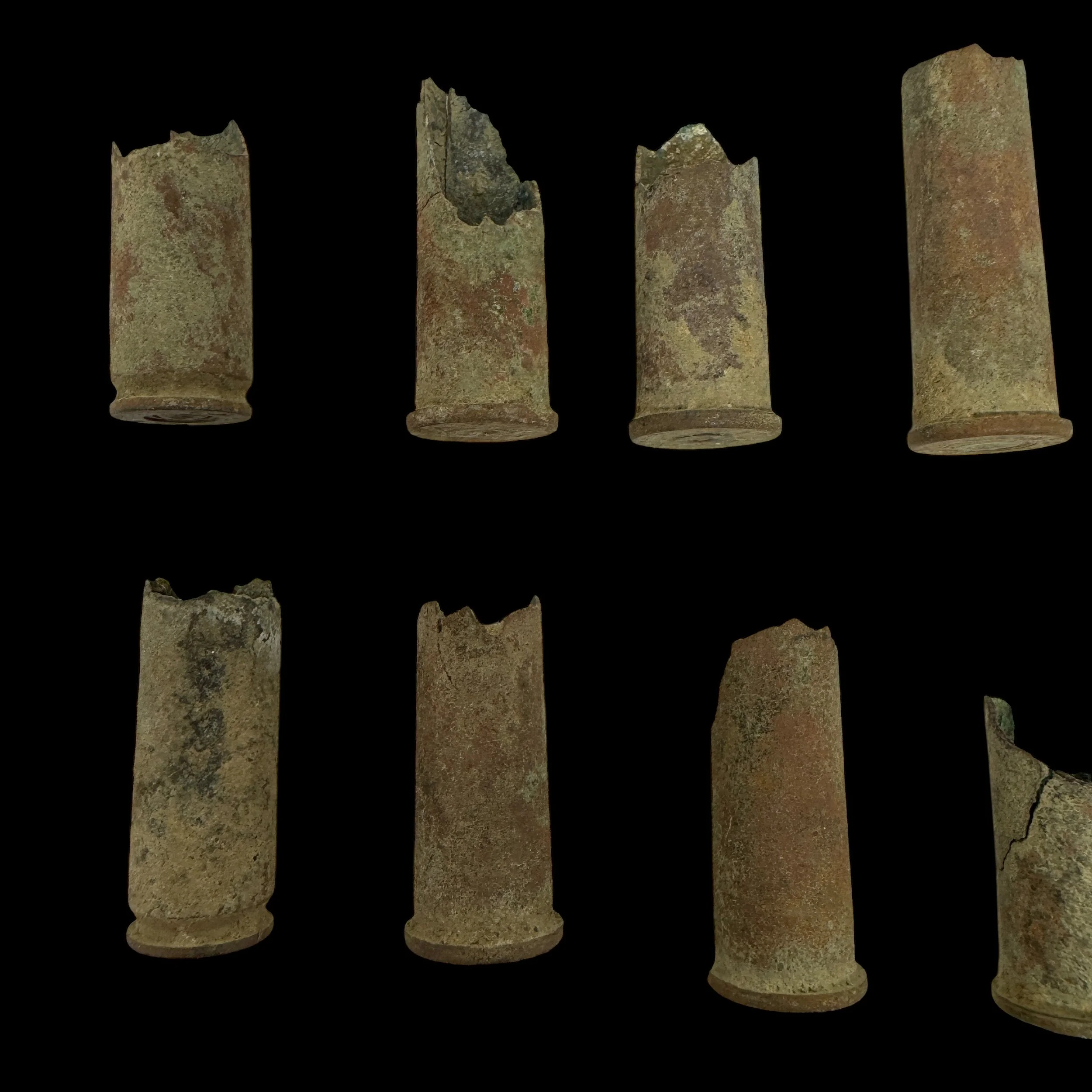
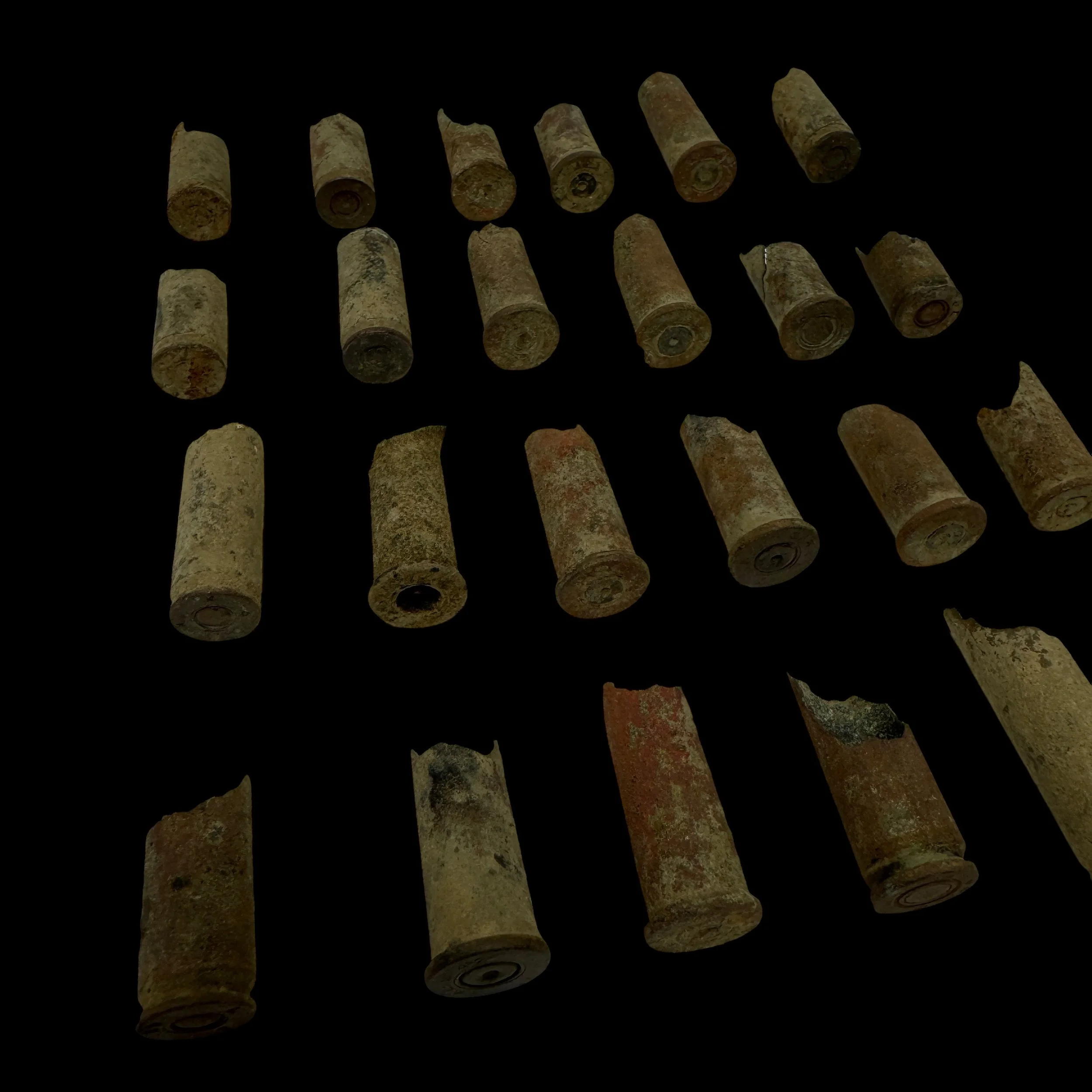
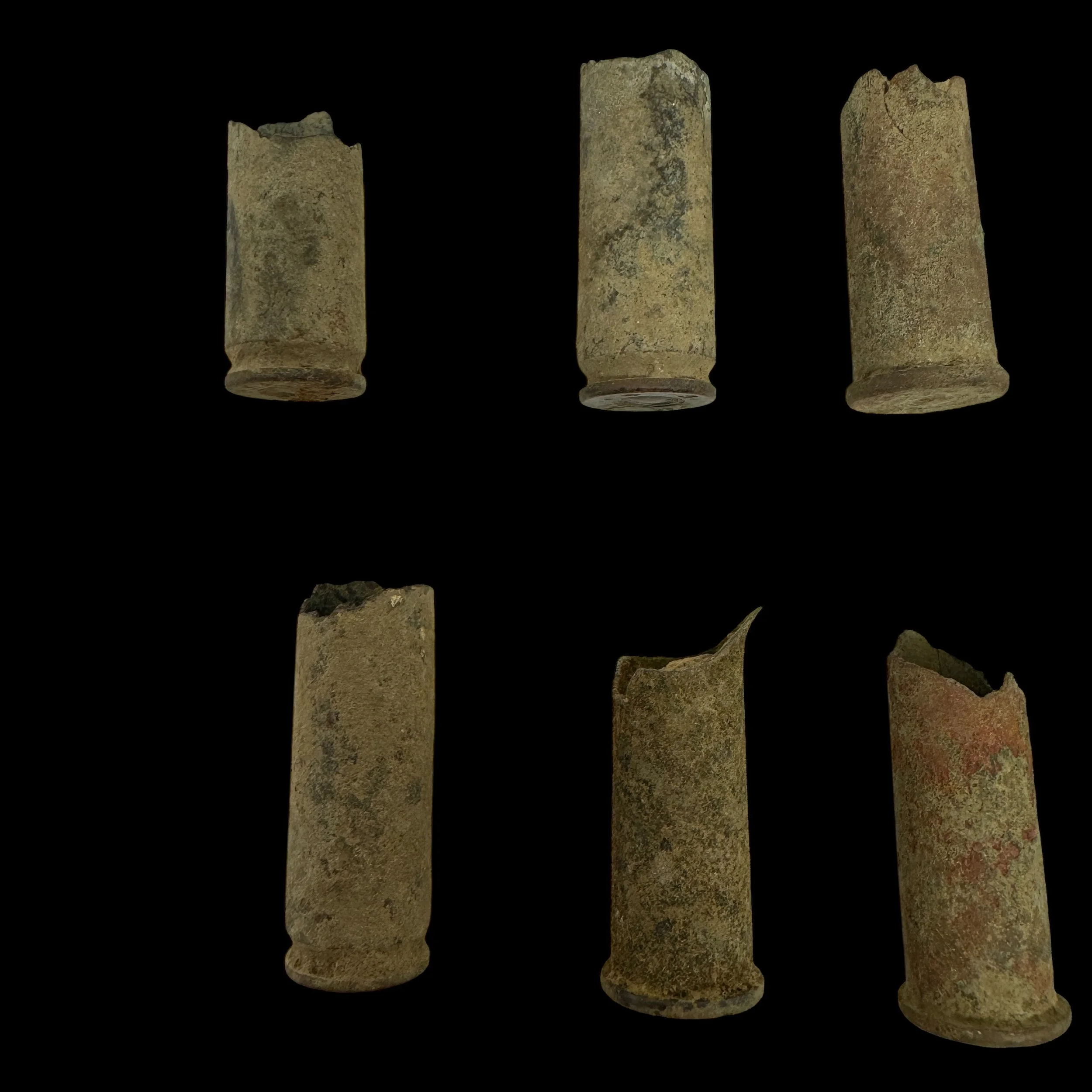
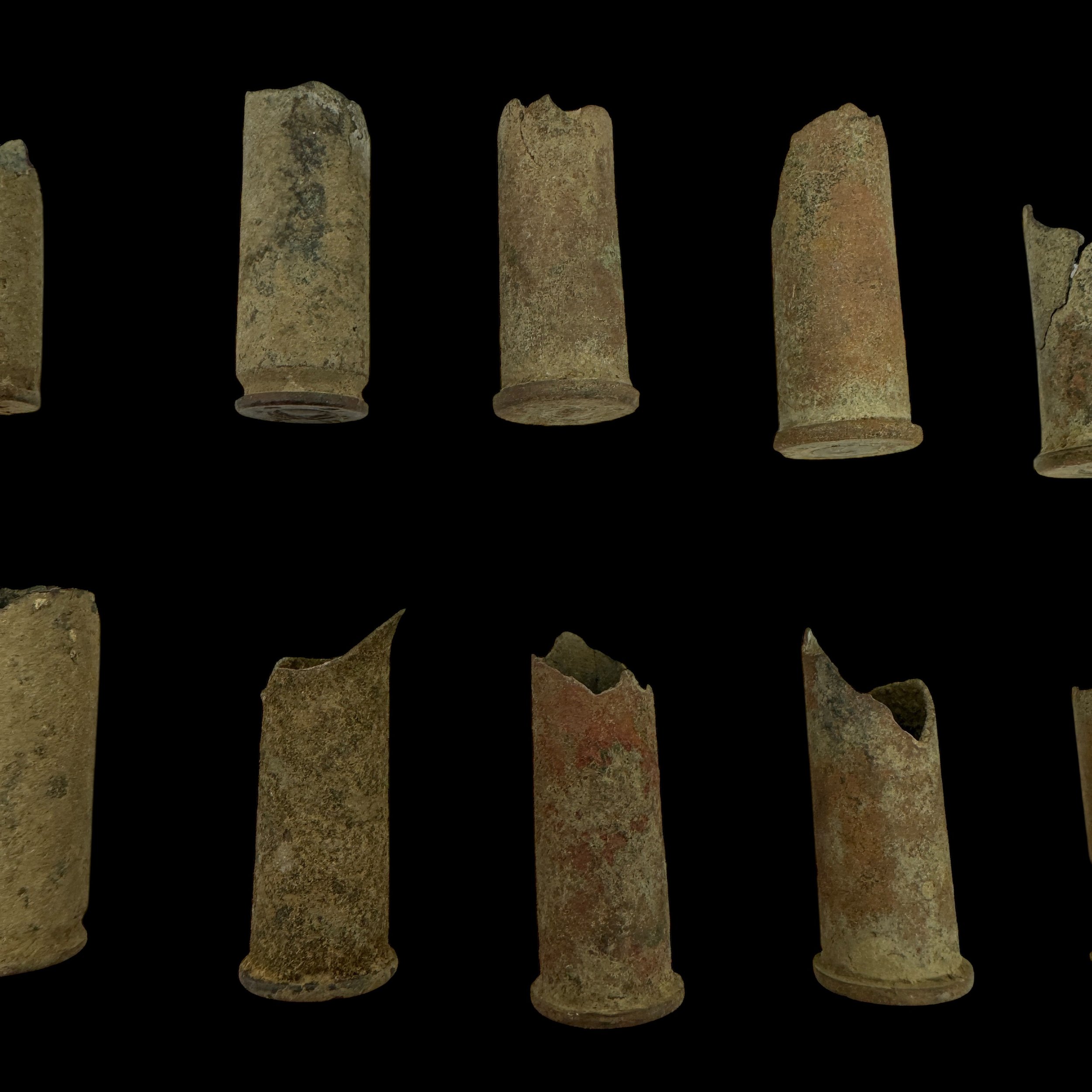

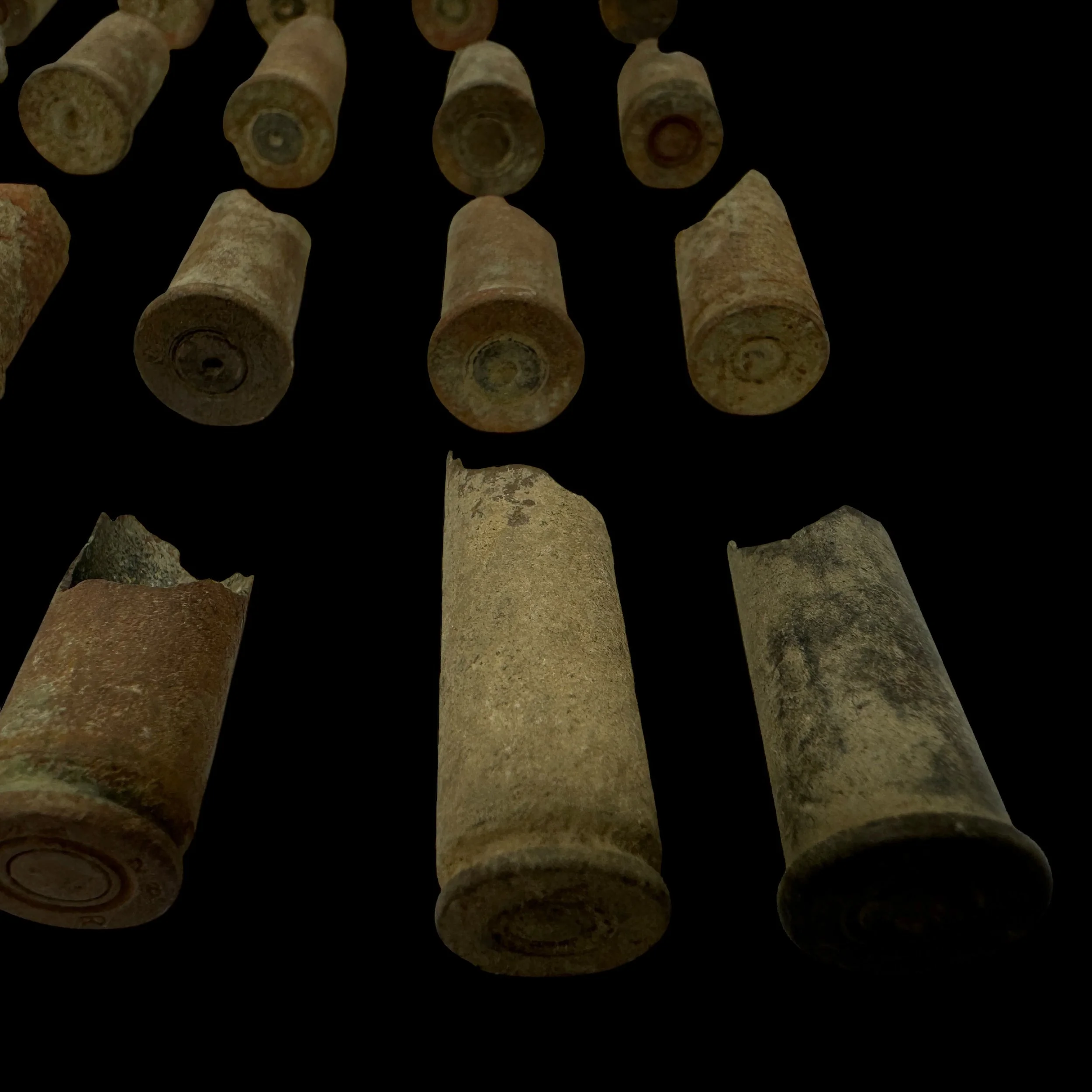
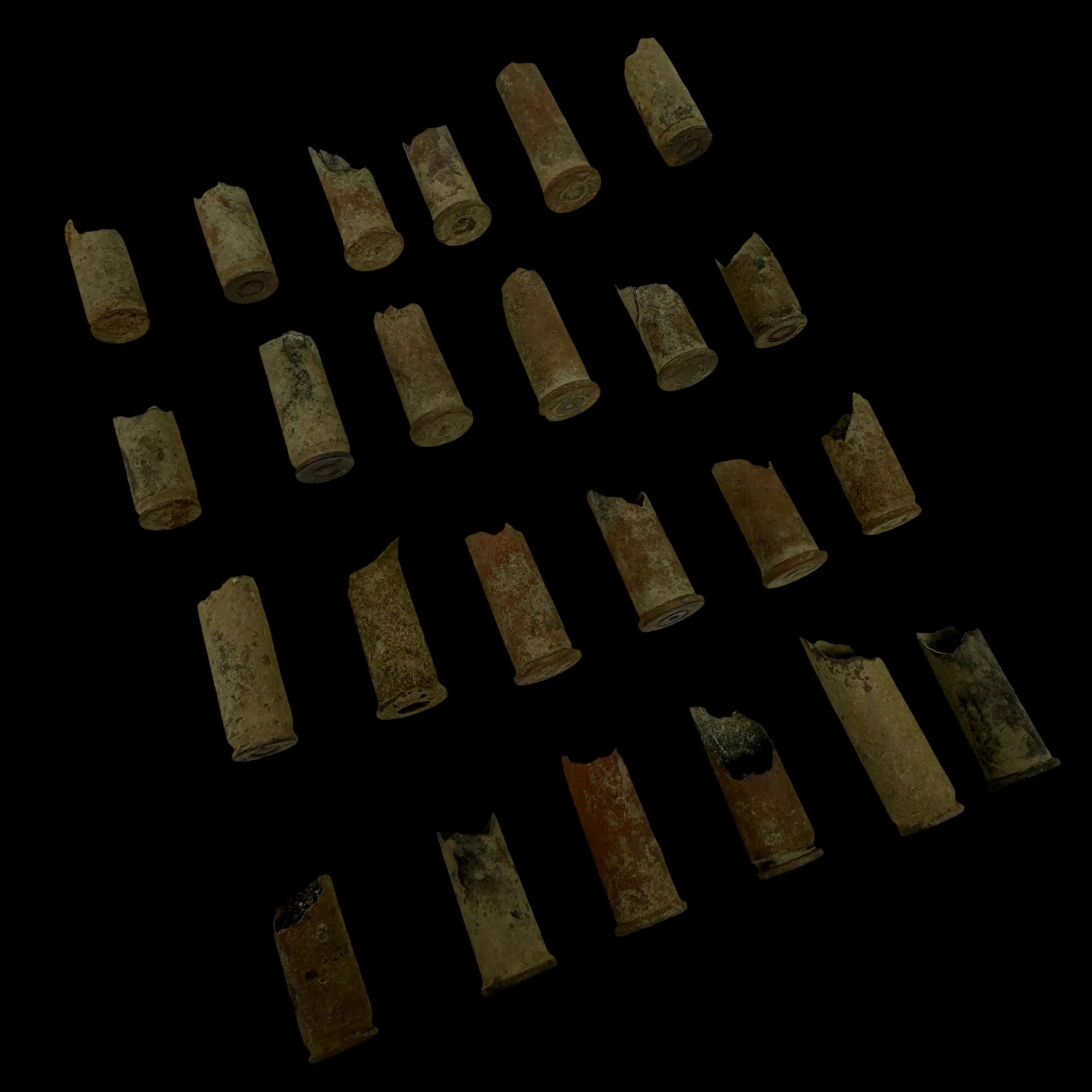
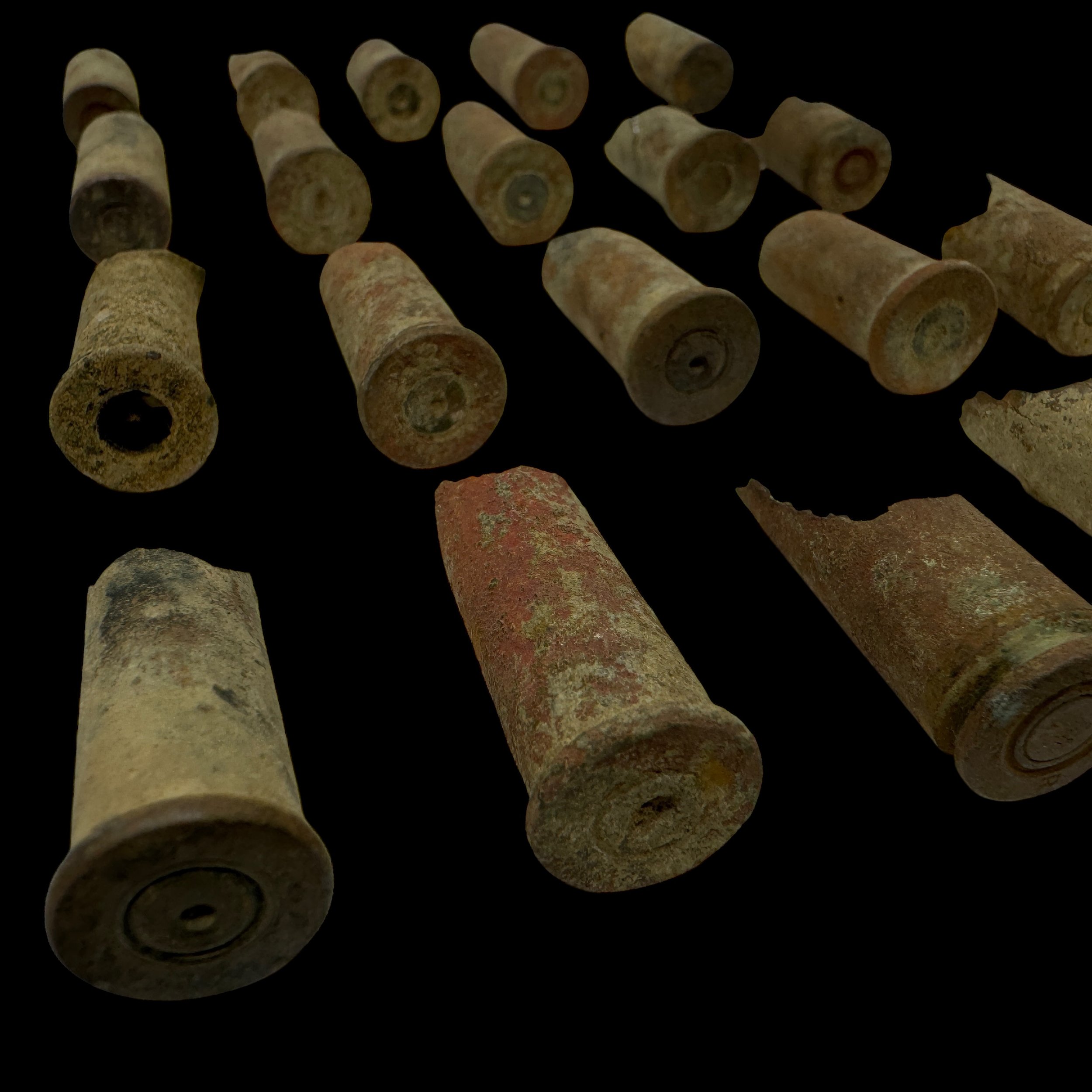
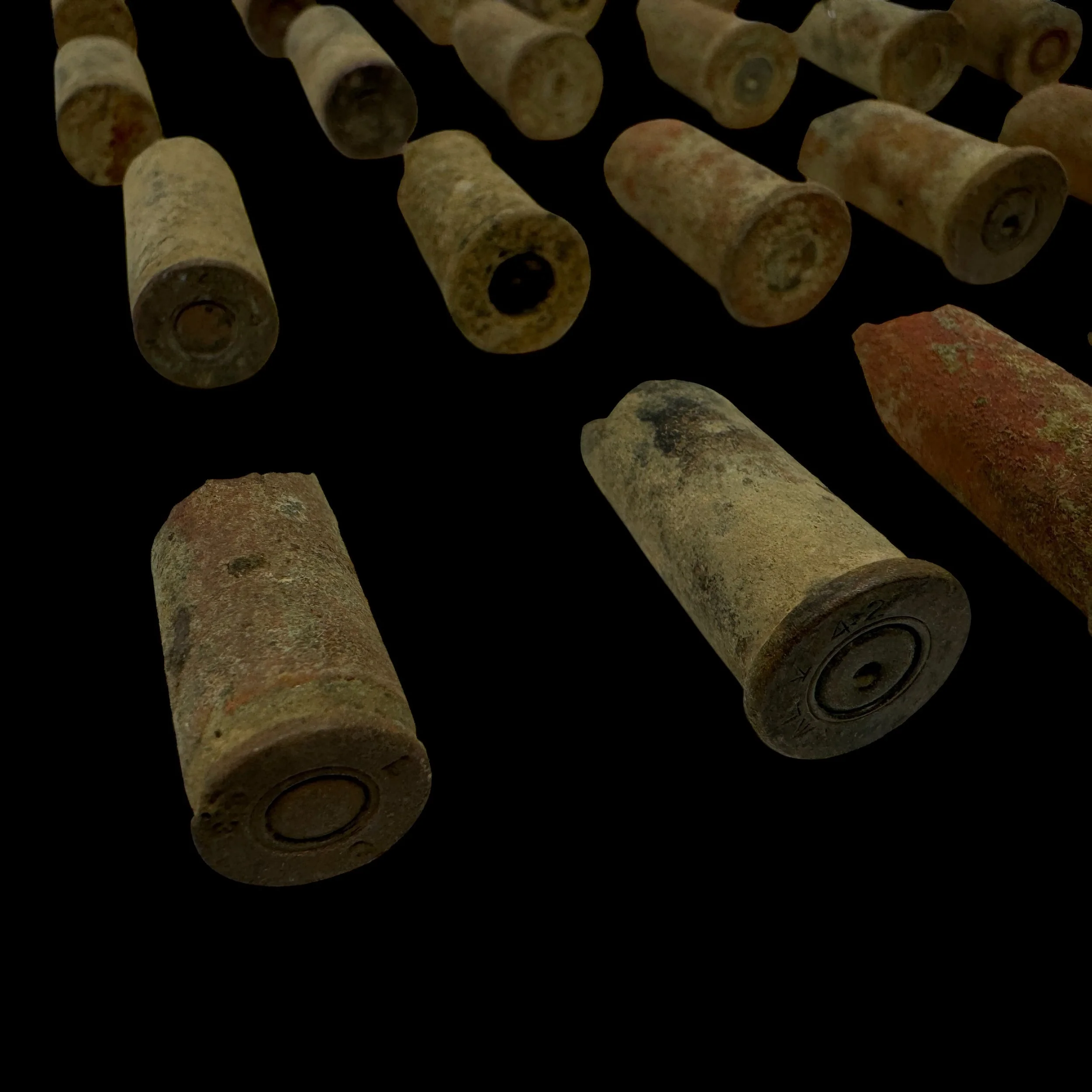
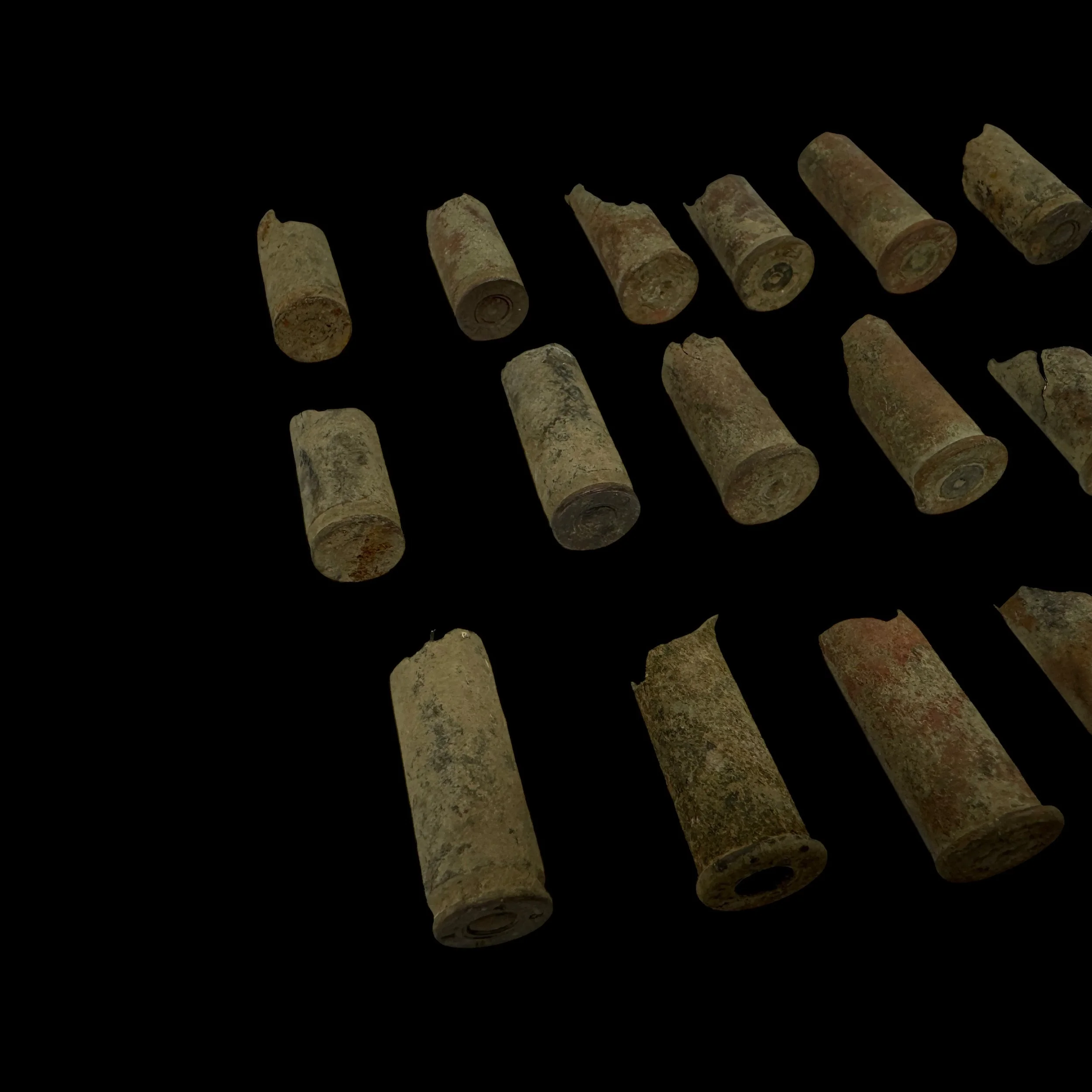
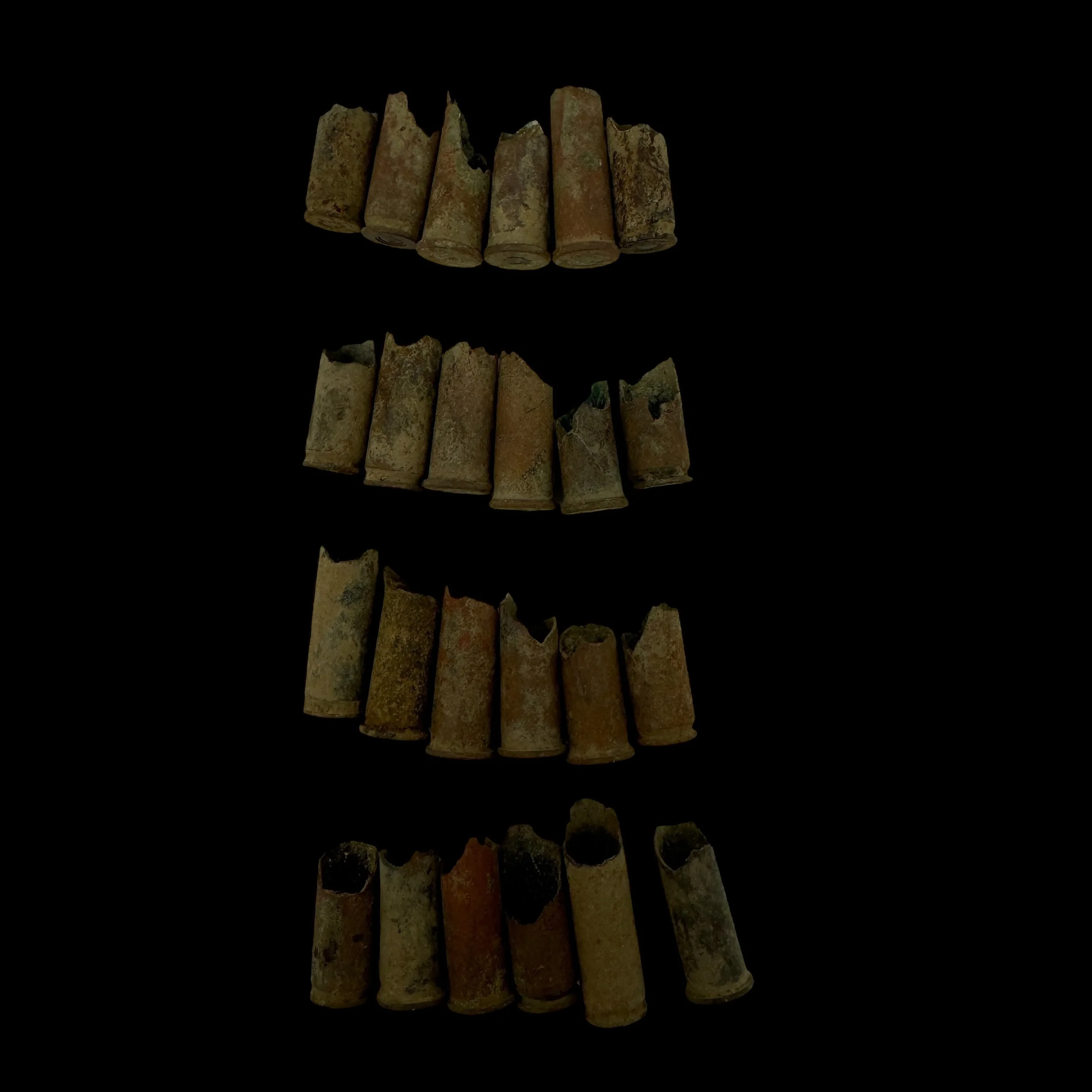
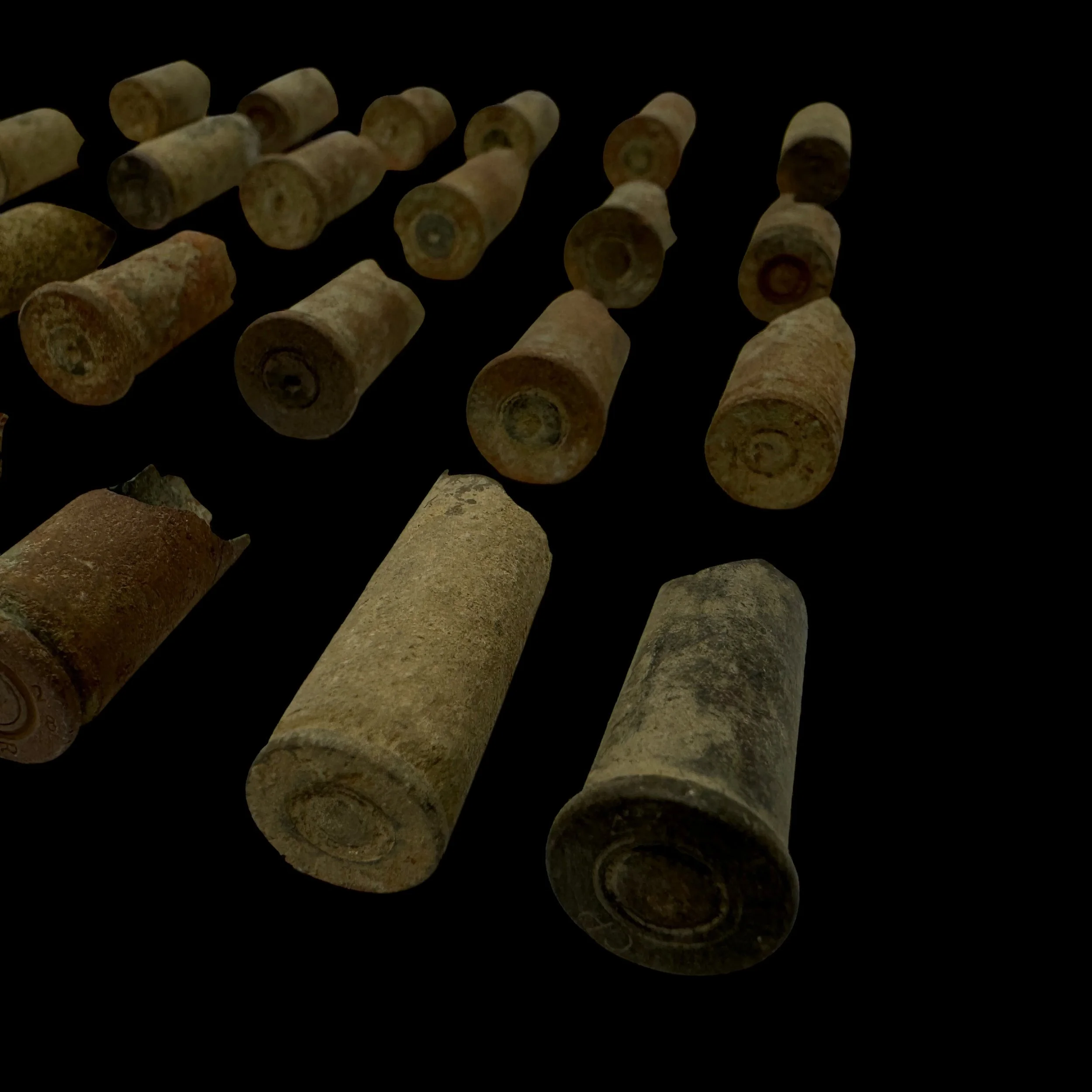
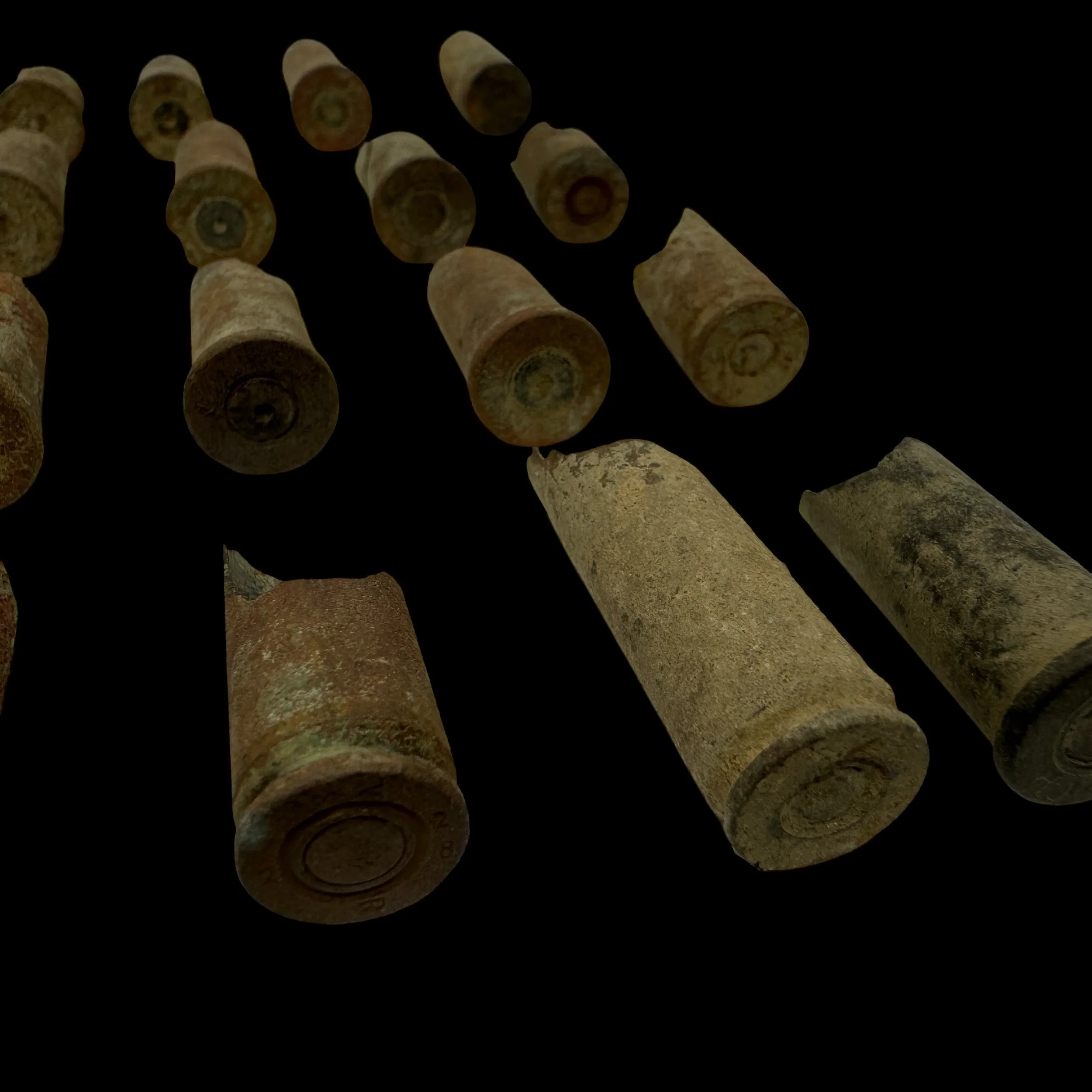
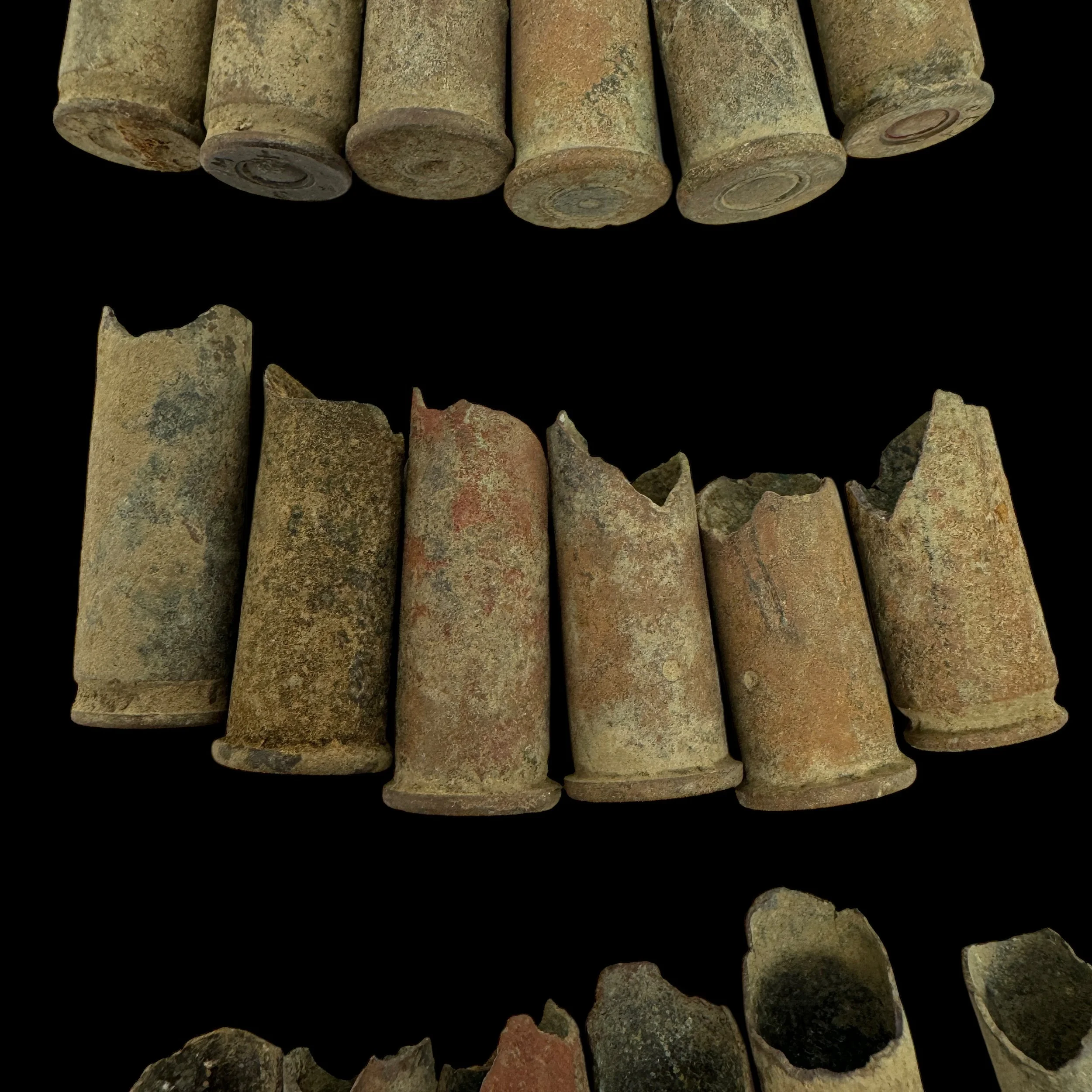
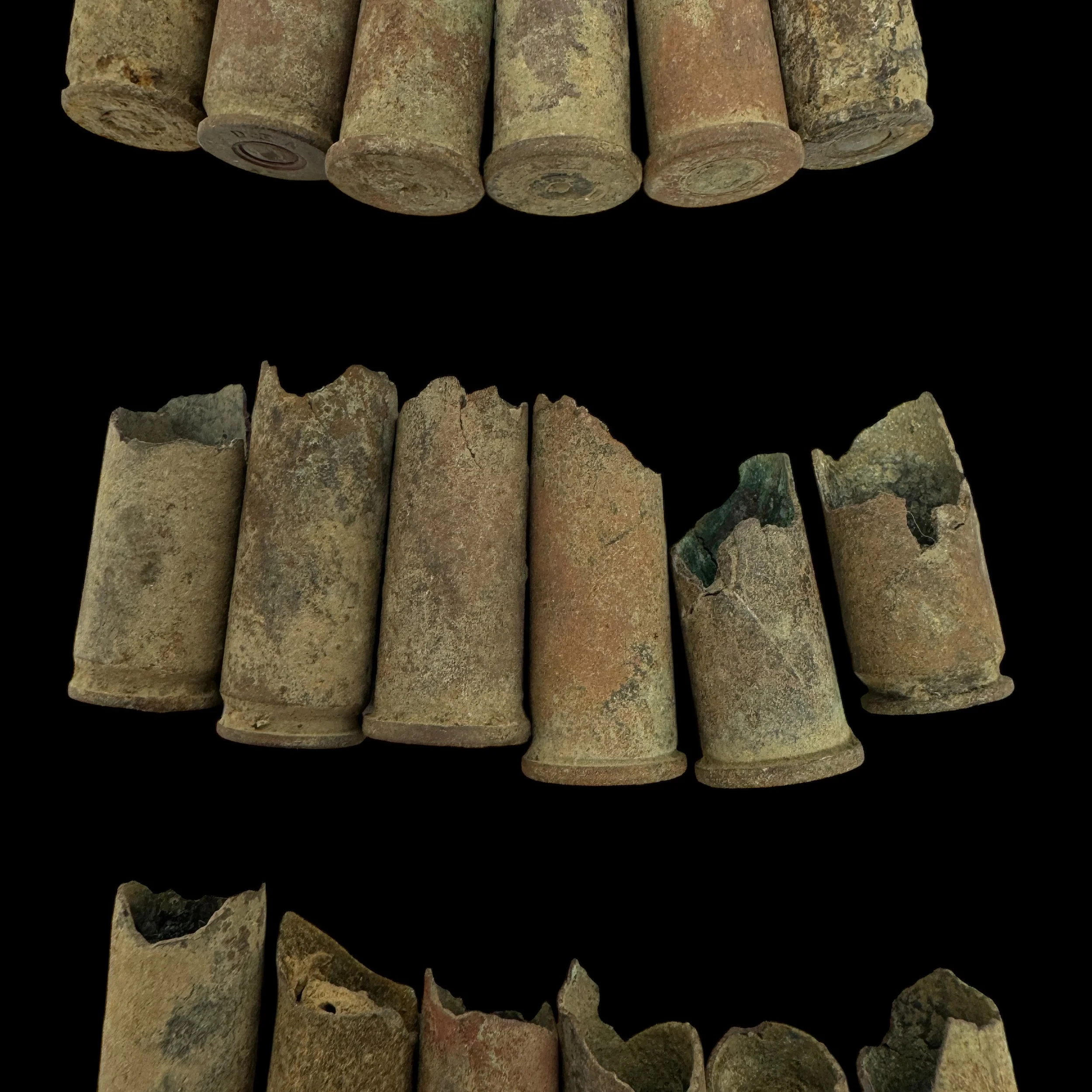
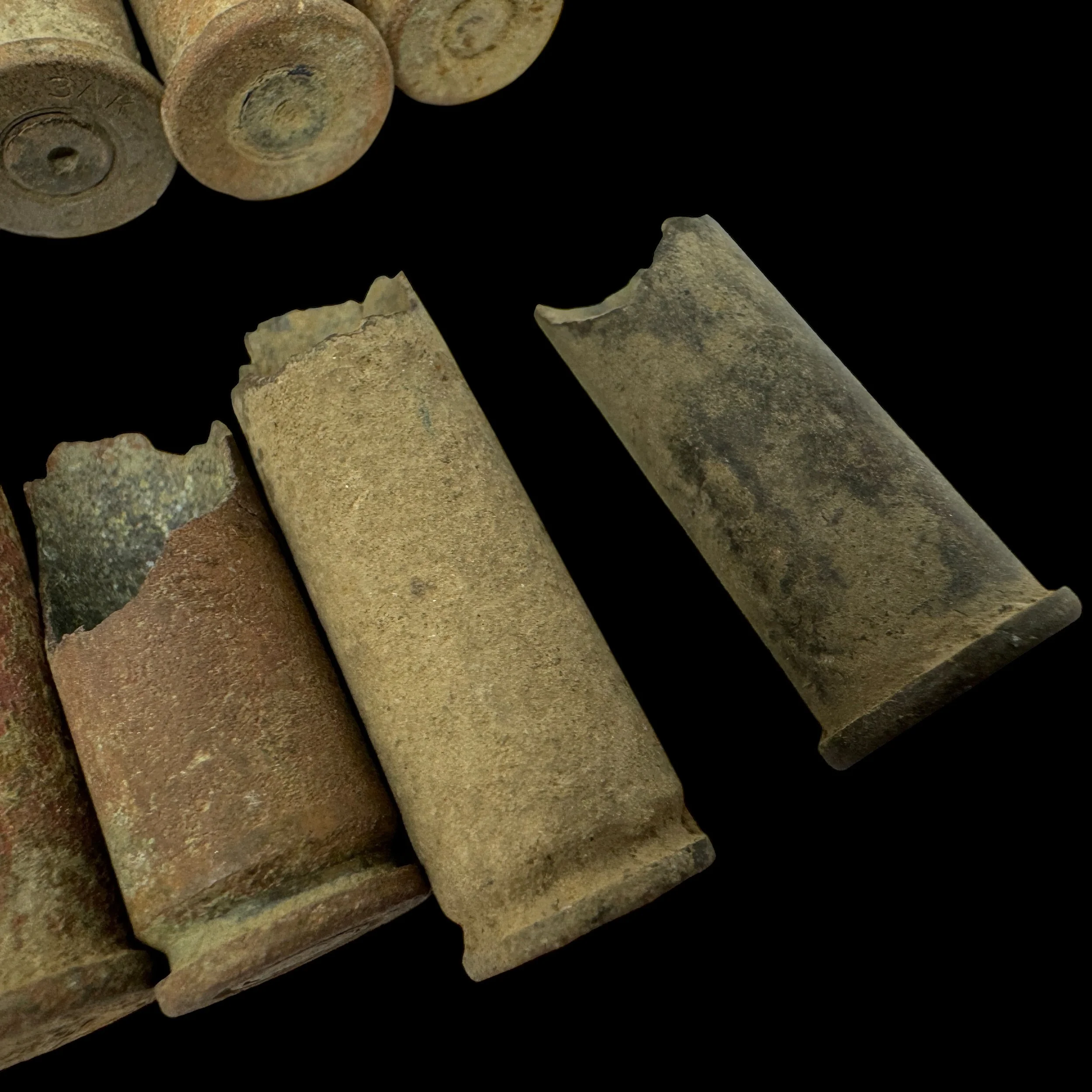


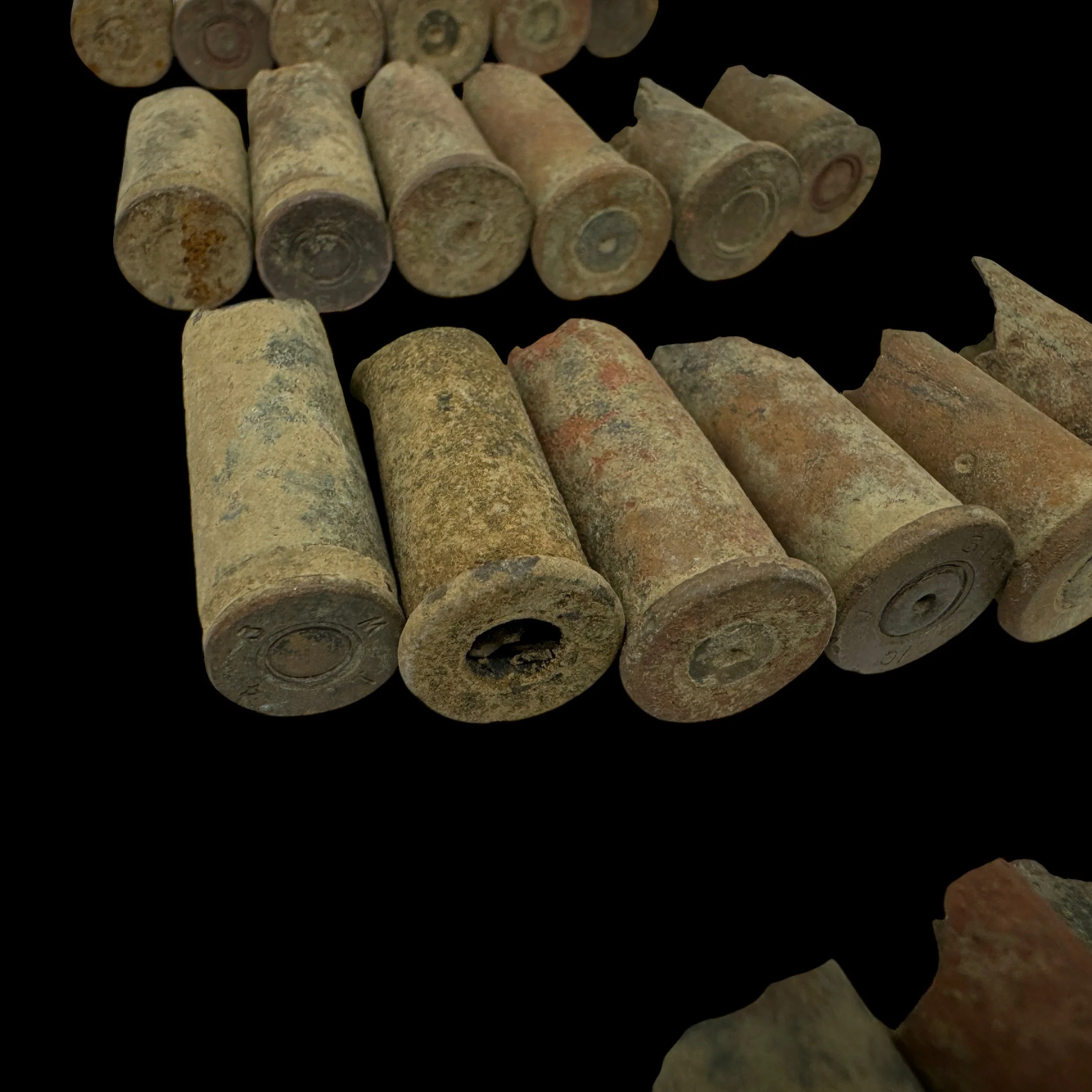
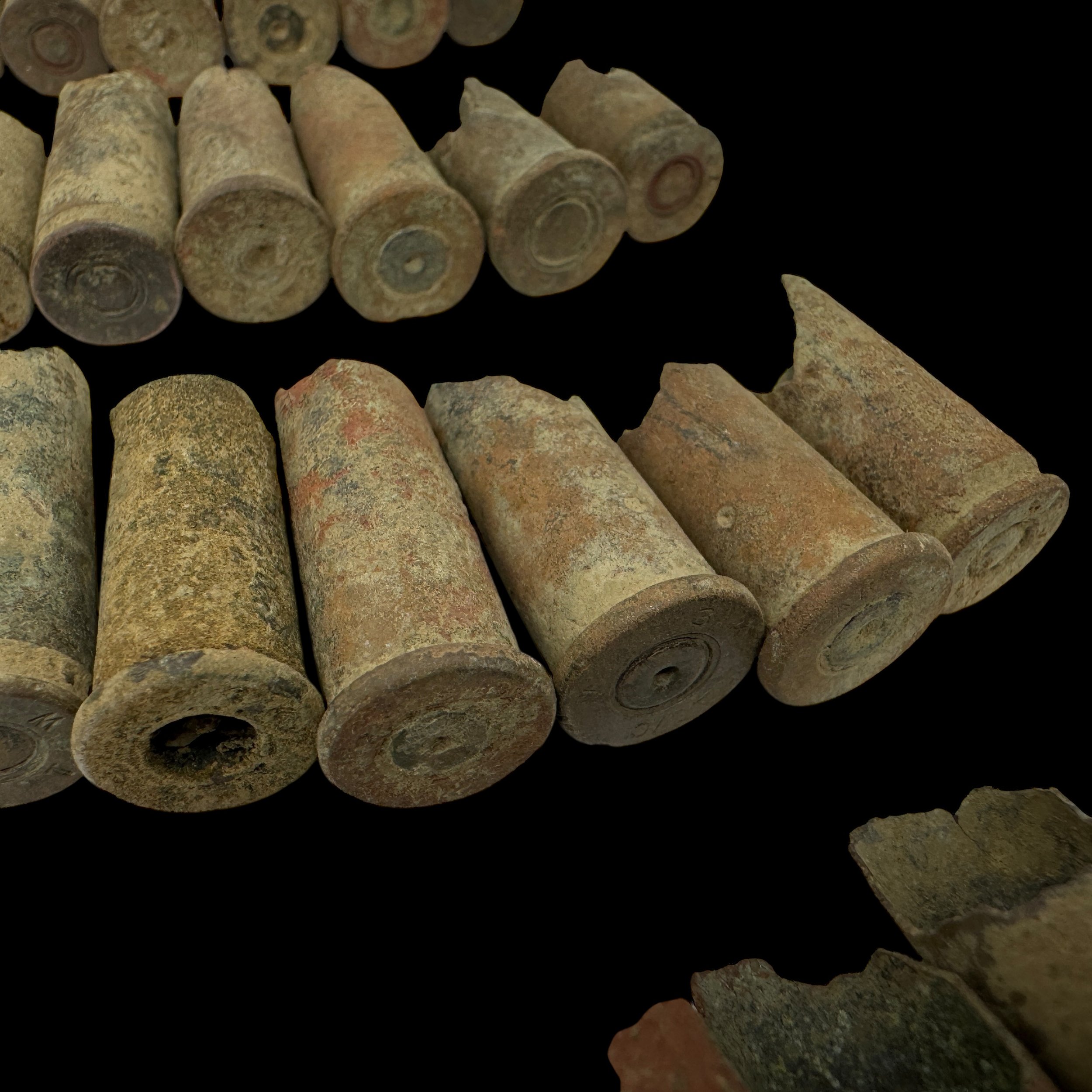
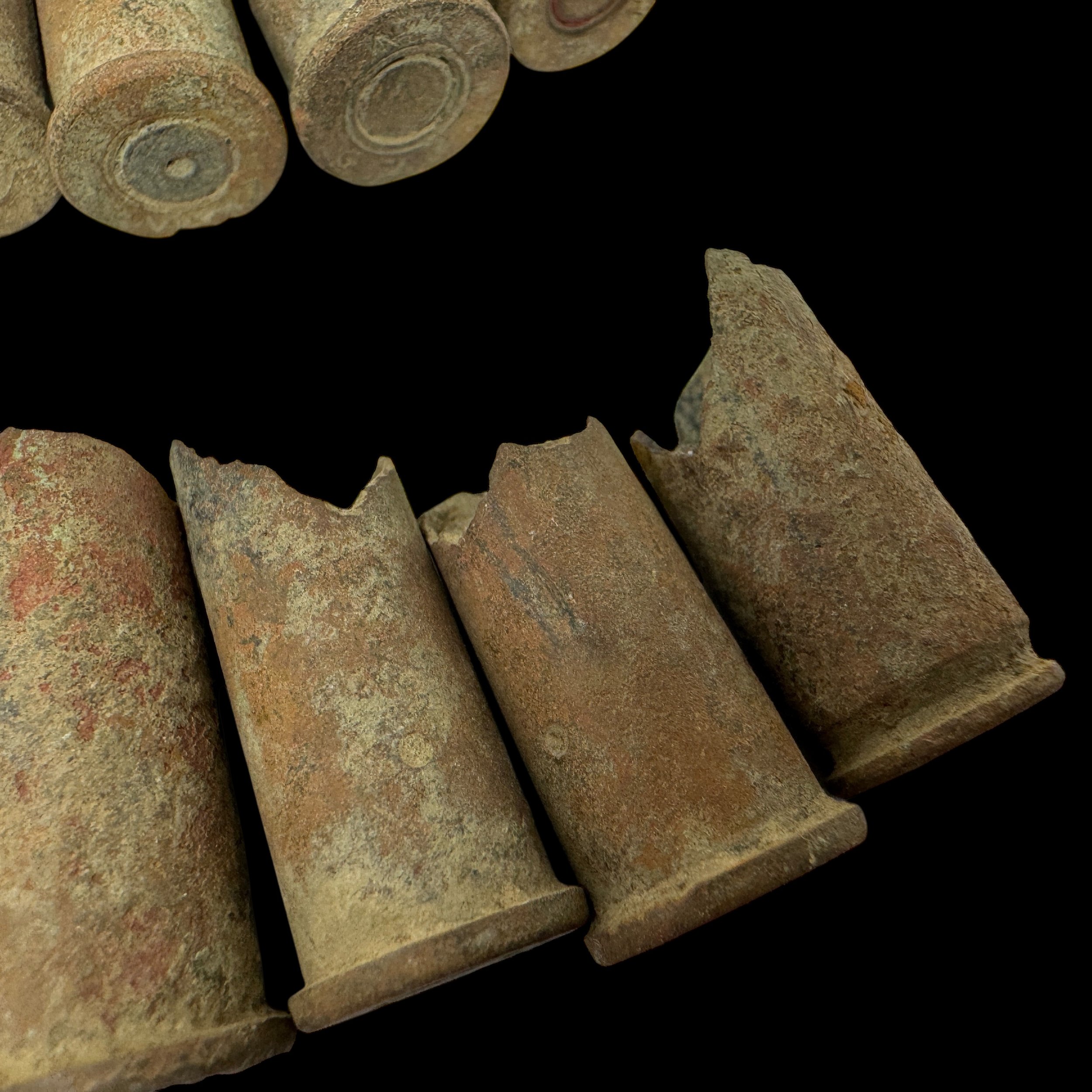
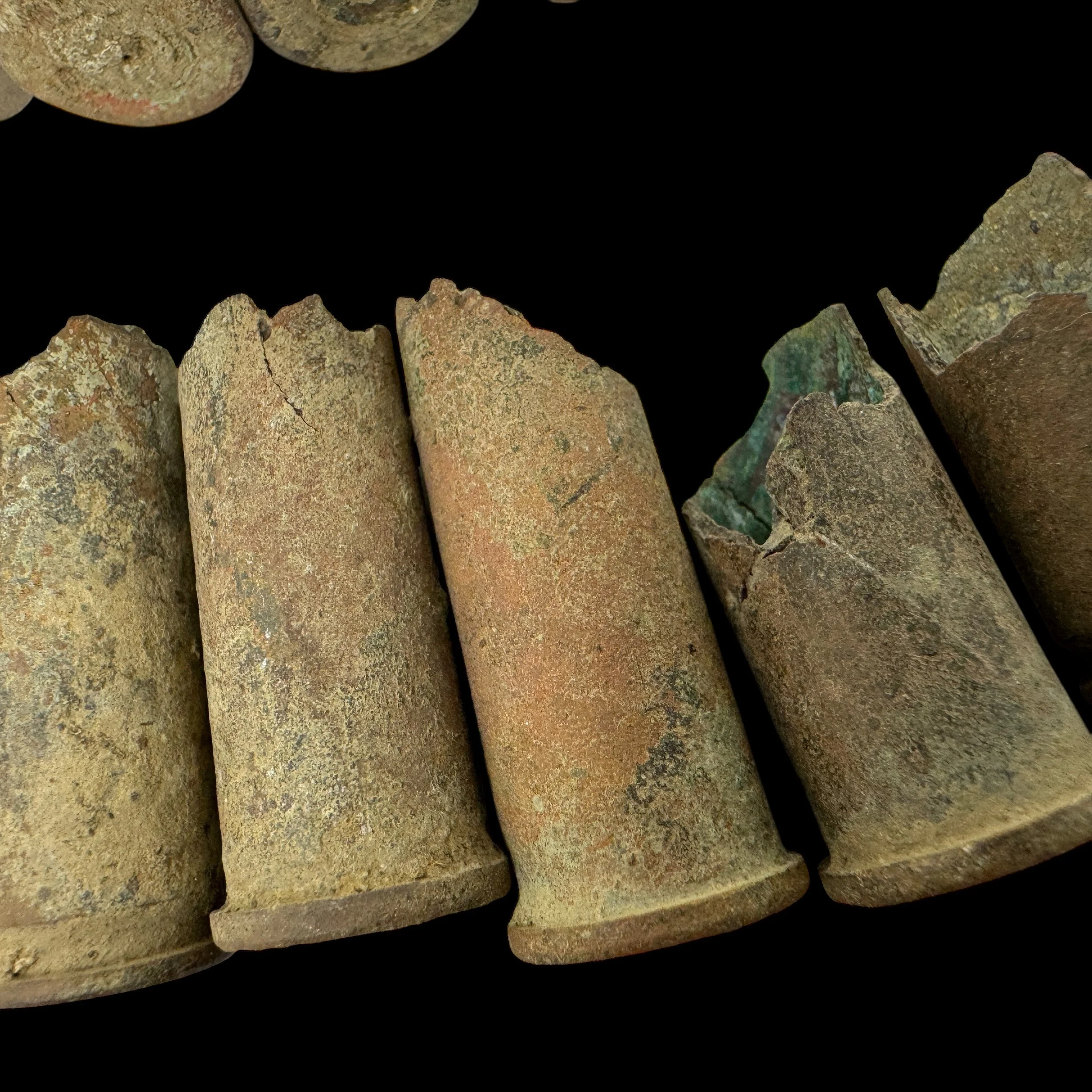

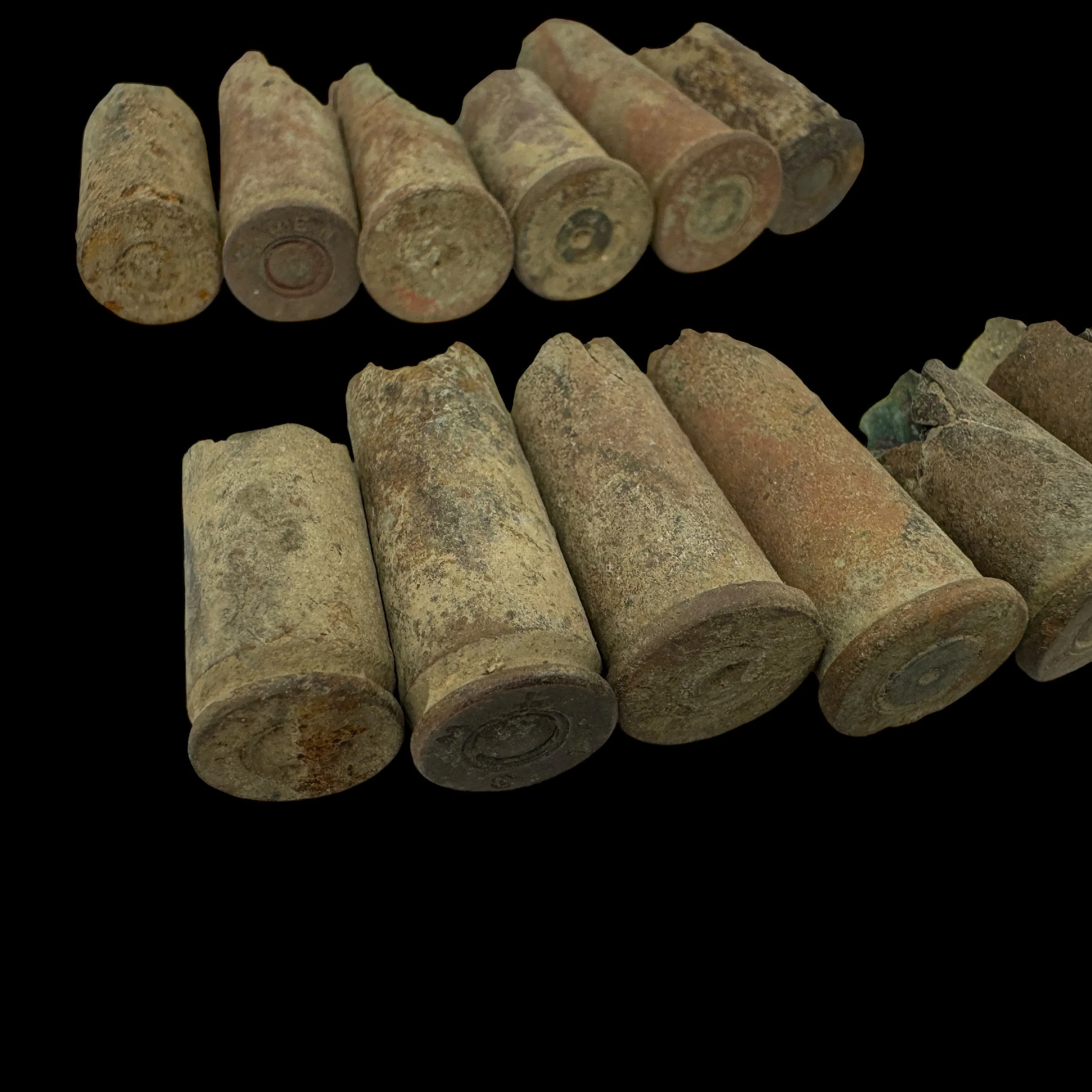
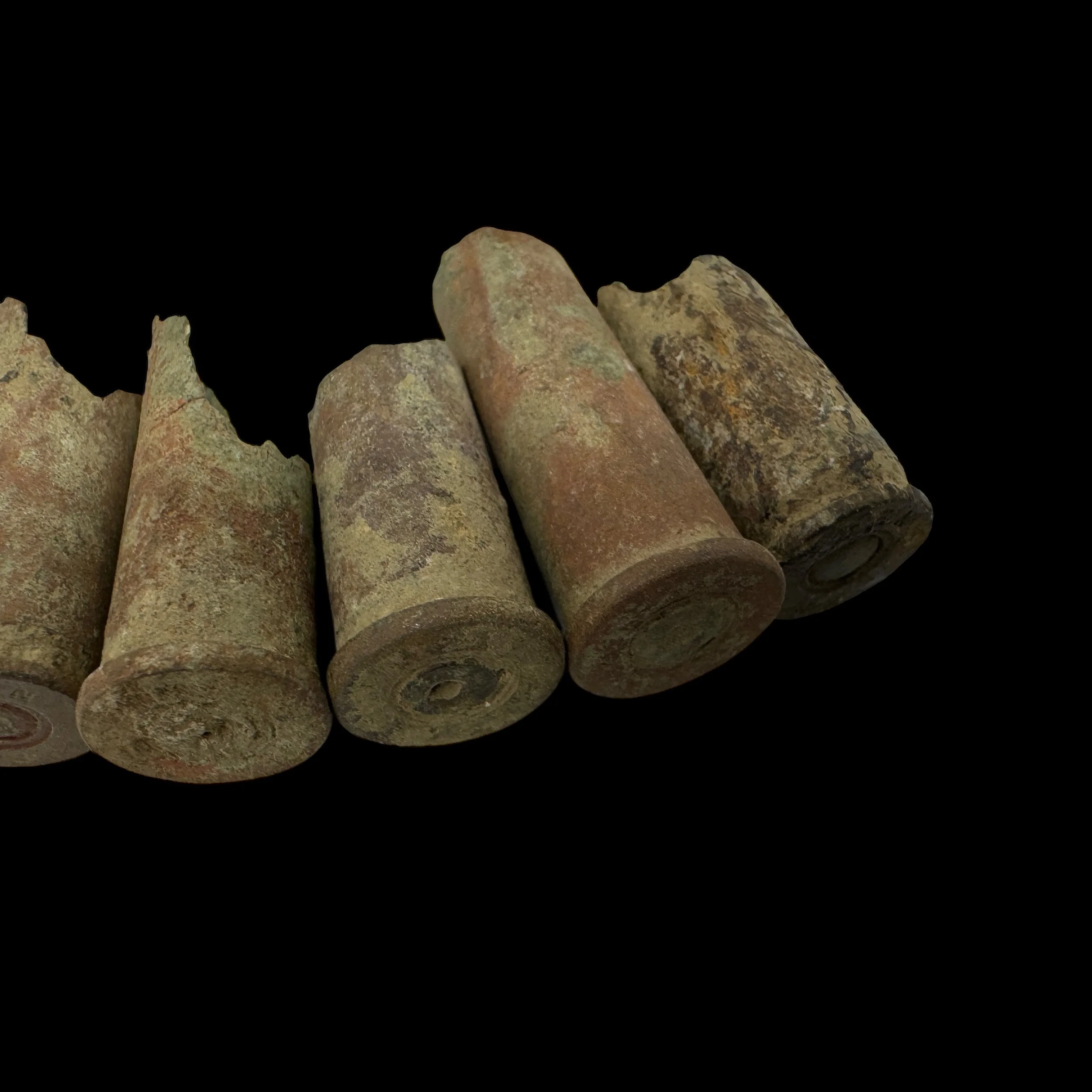
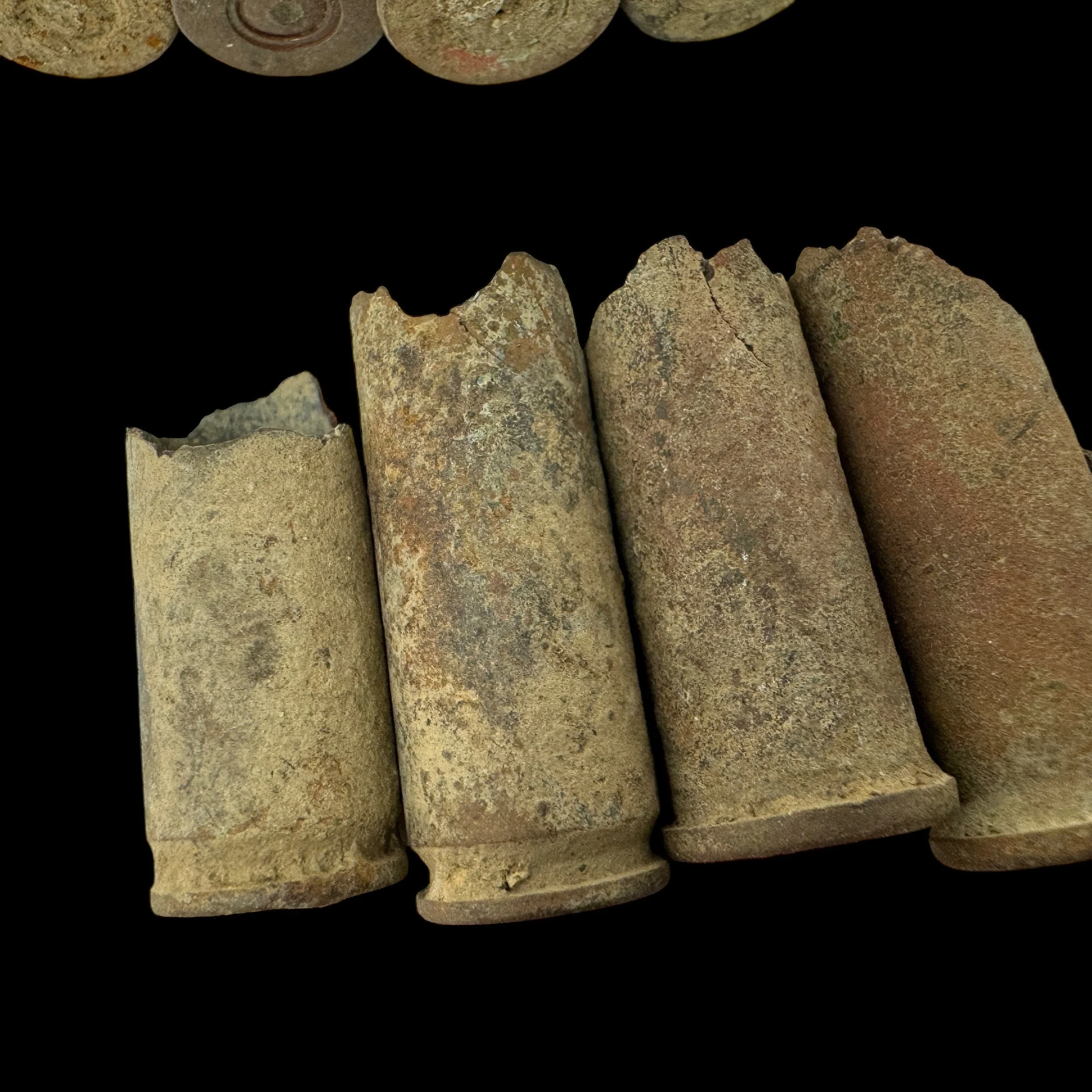
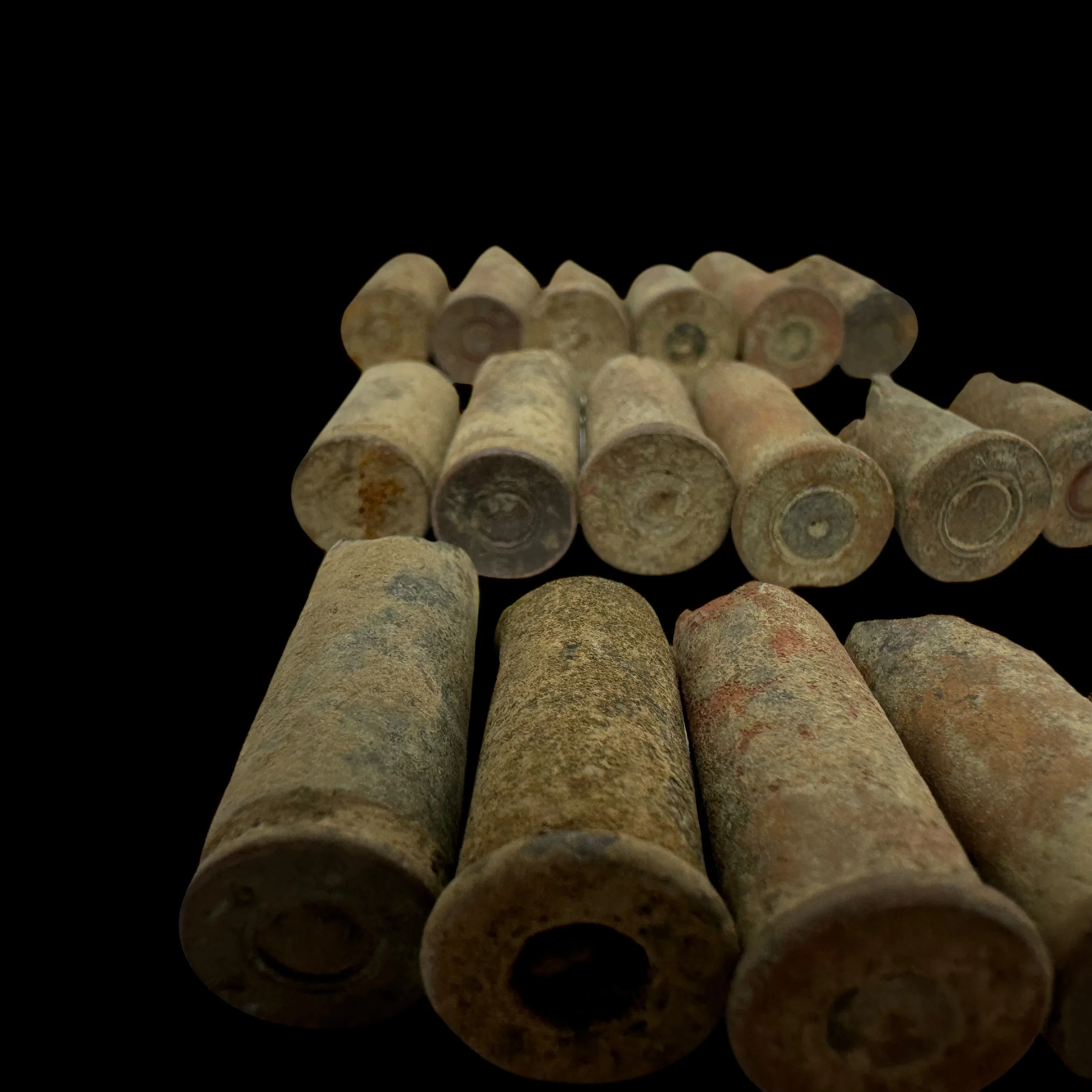
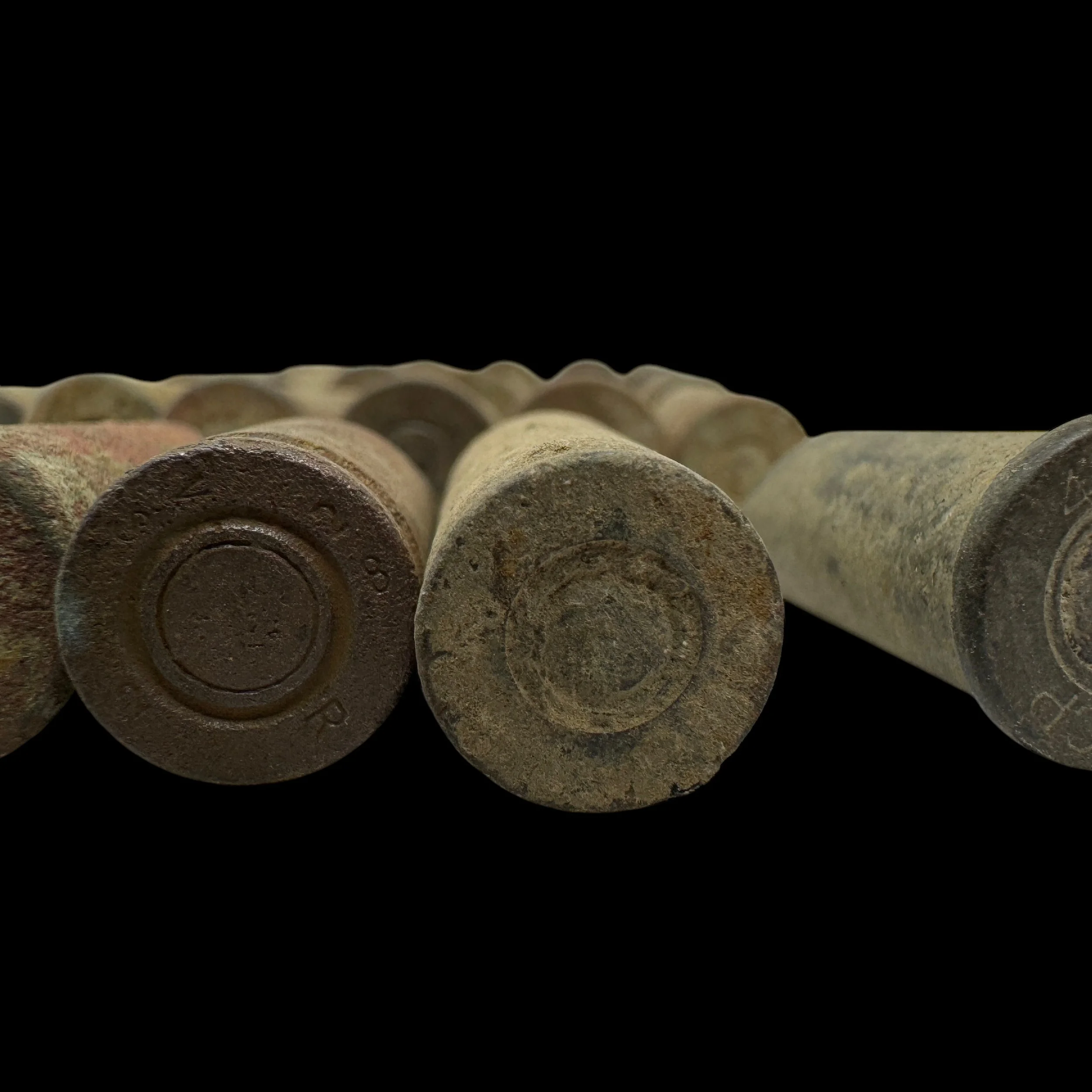
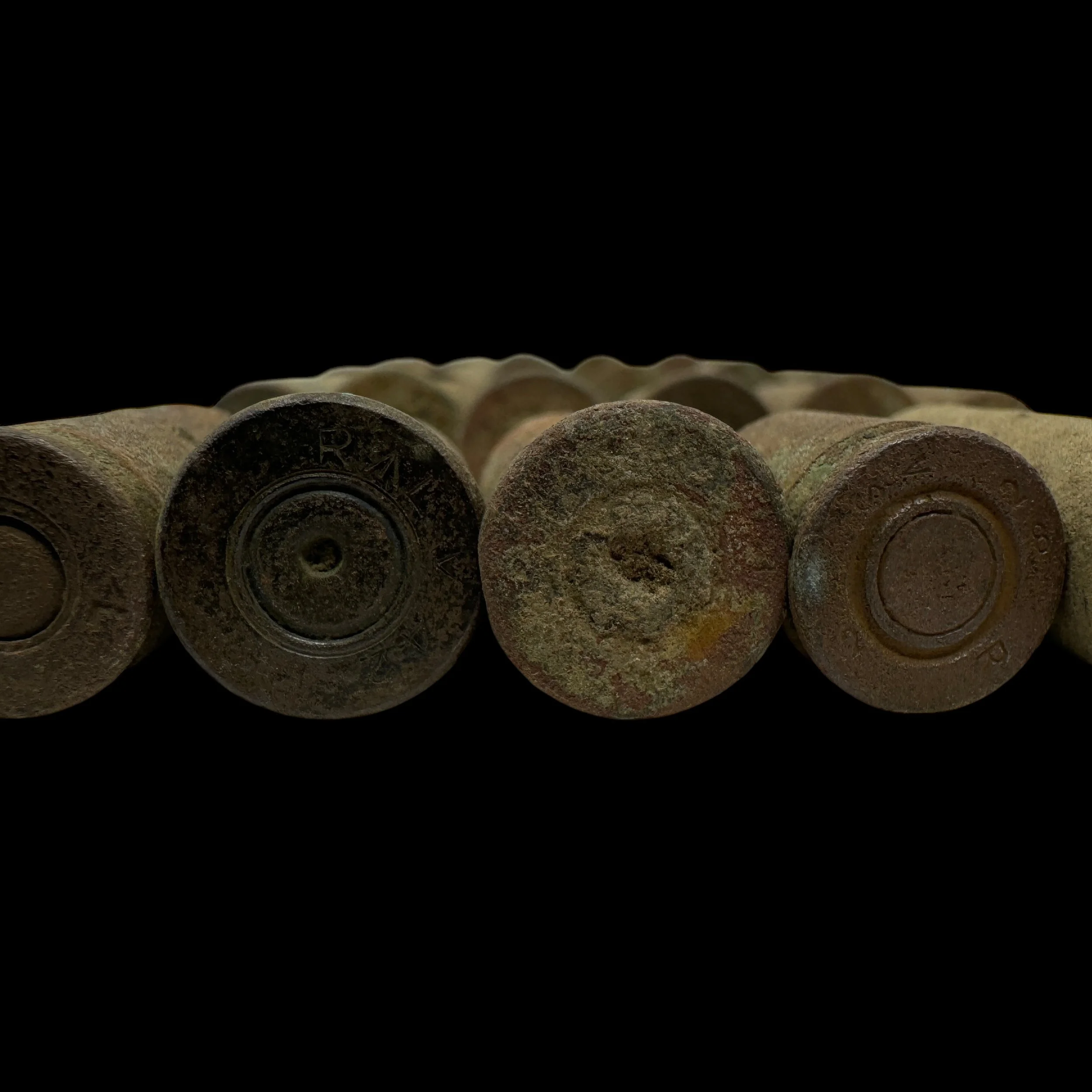
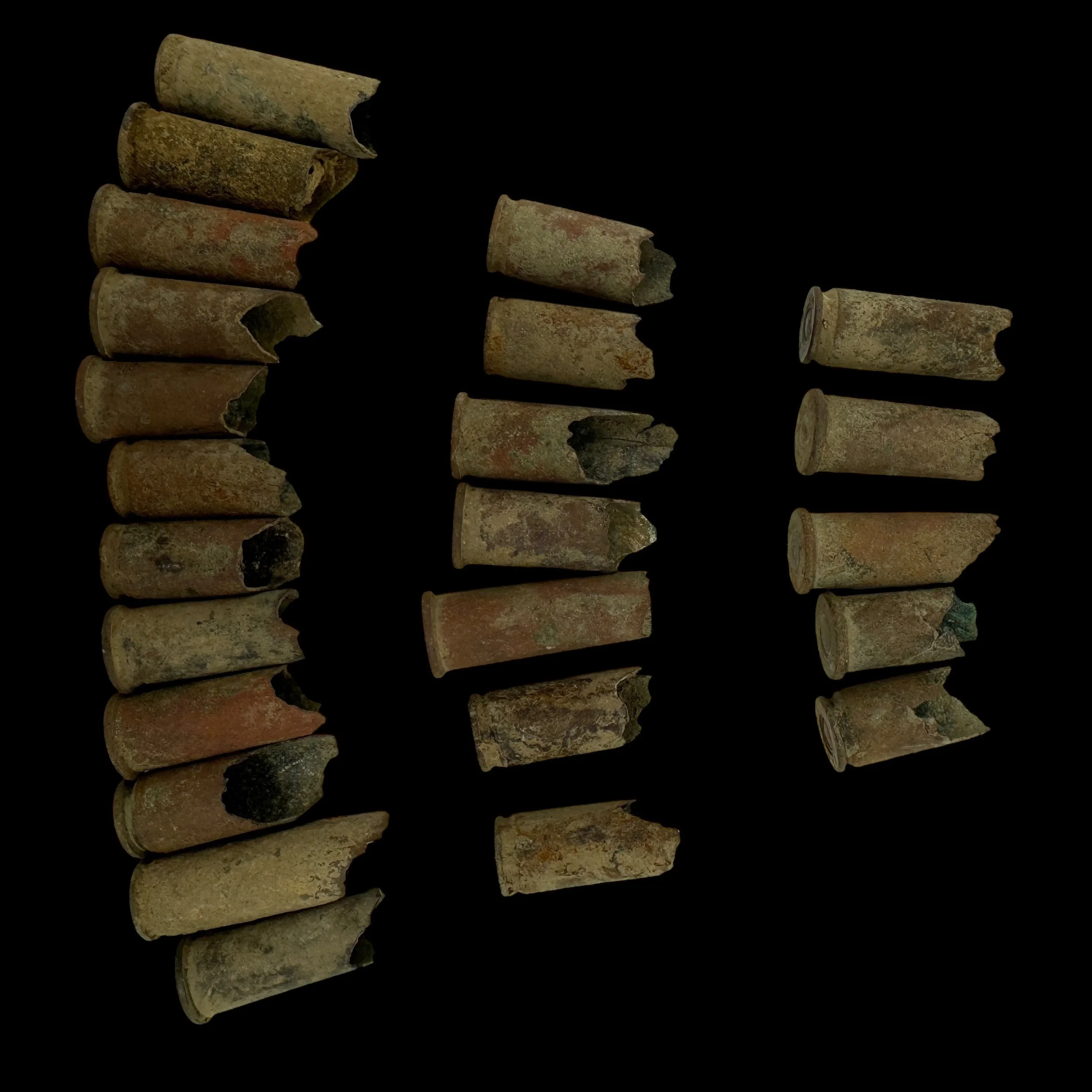

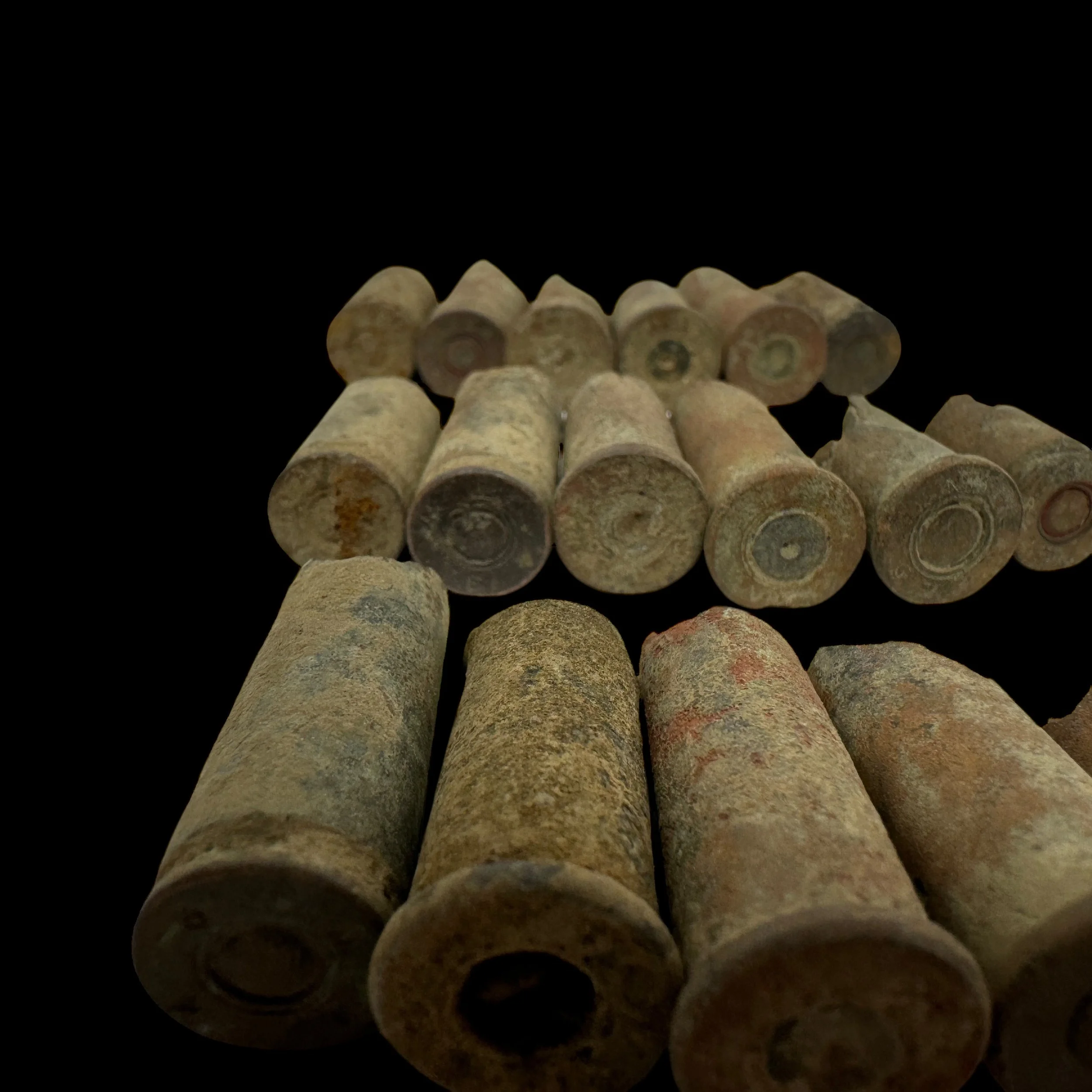
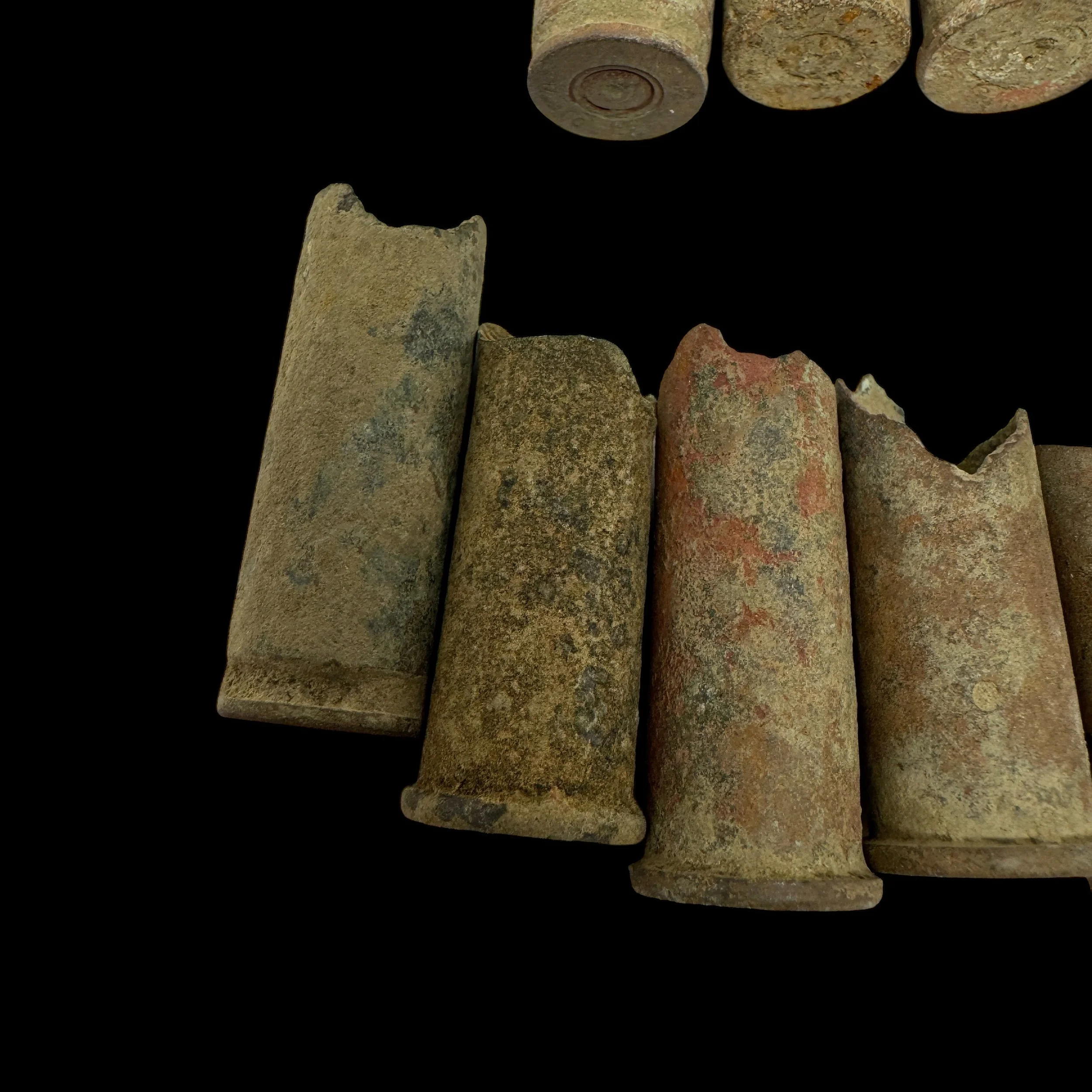

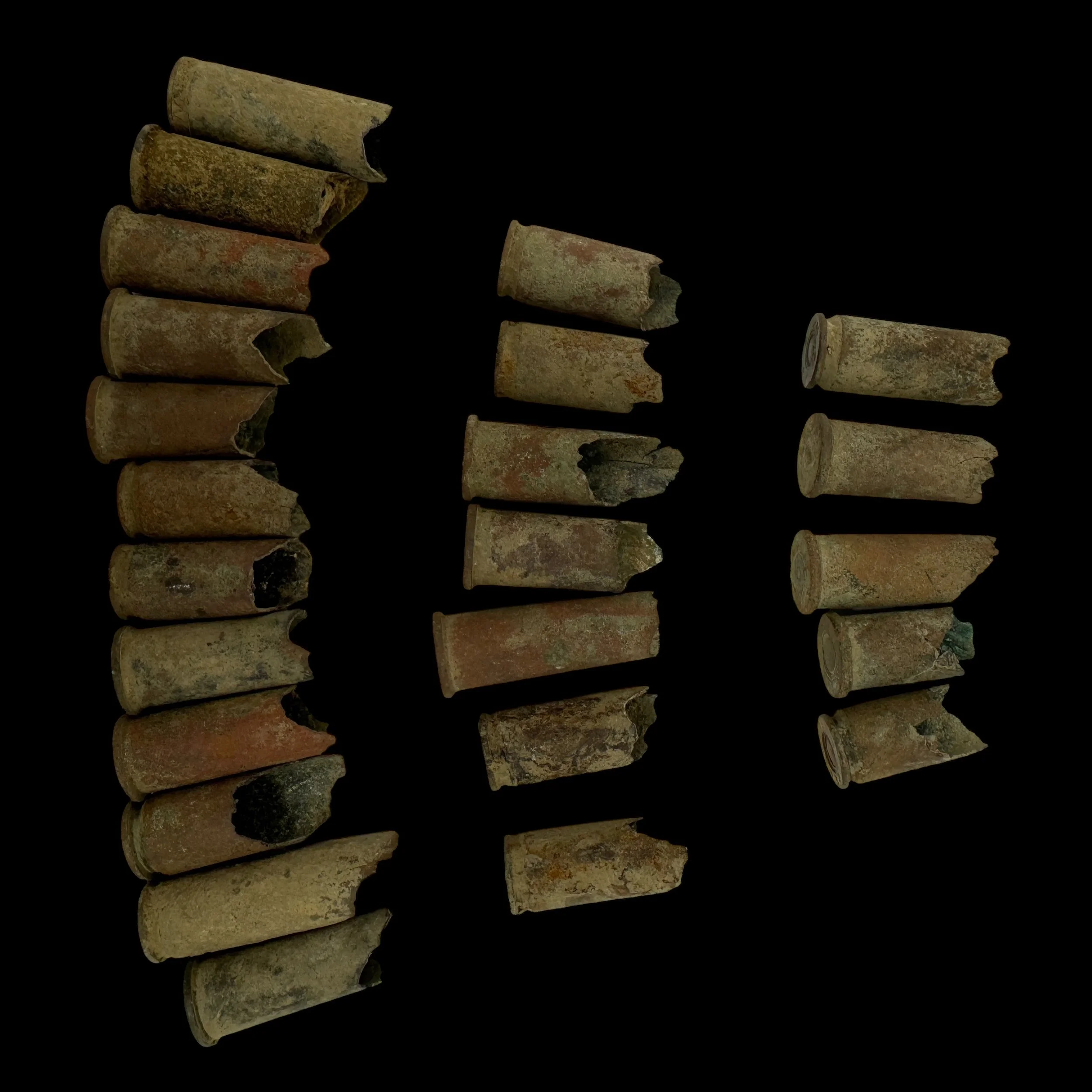
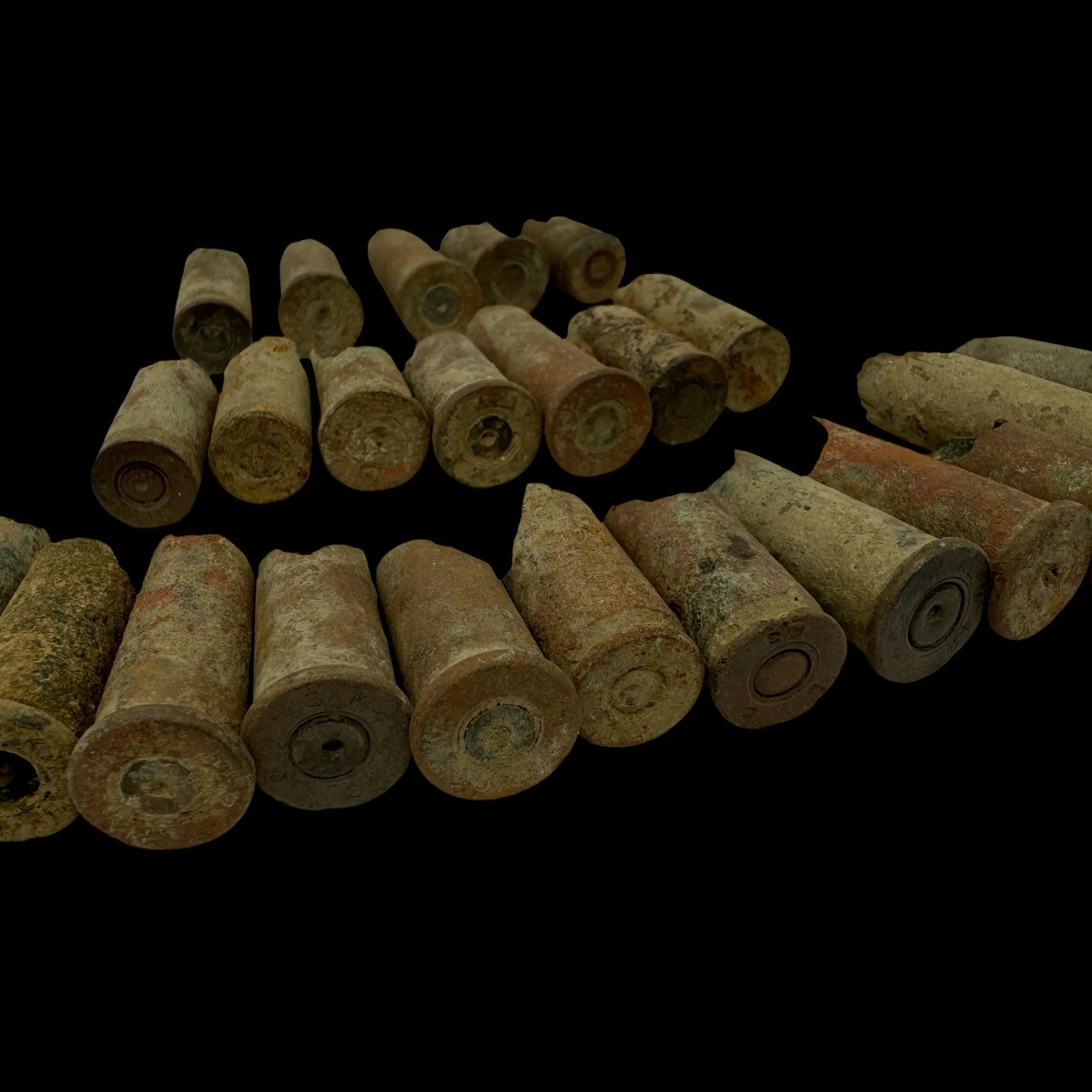
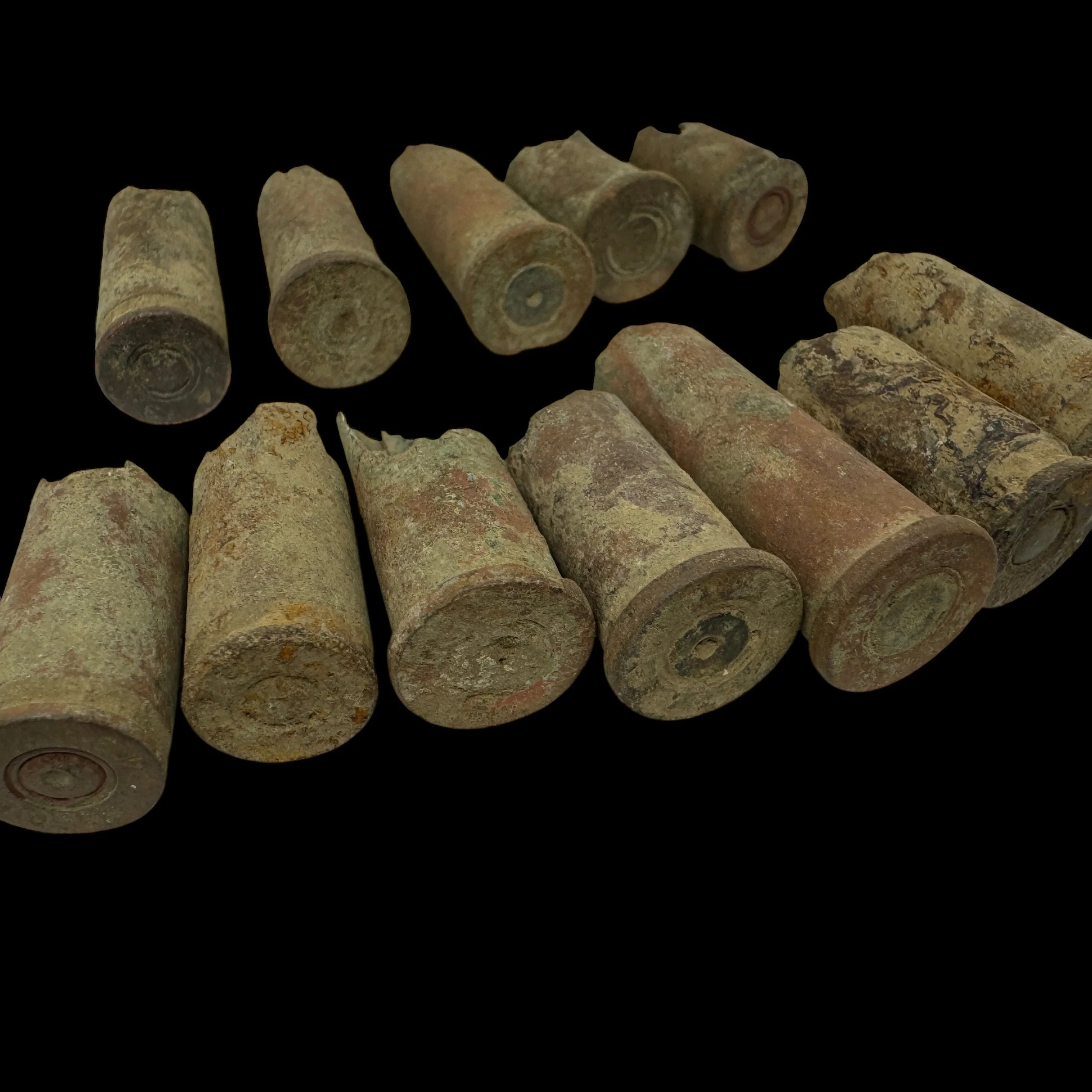
VERY RARE! WWII 1944 Battle of Aachen Siegfried Line “FIRED” Rifle Bullet Casing Recovered From WWII Germany Battlefield (1 Randomly Selected)
Comes with hand-signed C.O.A. and a full historical write-up
Type: Original World War II “FIRED” Rifle Bullet Casing
Campaign: European Theater
Battle/Operation: Battle of Aachen - Siegfried Line (Germany)
Battlefield Recovered: Recovered during a professional excavation of the Battle of Aachen battlefield
Date: October 1944
This extraordinary artifact, of exceptional museum-grade quality, is an original fired rifle bullet casing recovered during a meticulous and professionally conducted excavation of the historic Battle of Aachen battlefield. Unearthed from the very ground where history was written, this bullet casing offers a tangible link to one of World War II’s most daring and costly battles of the Siegfried Line.
The Battle of Aachen in autumn 1944 was a pivotal clash on the Western Front, marking the first German city captured by the Allies and a breach of the Siegfried Line. Fought fiercely between the American 1st Infantry Division and heavily entrenched German forces, this urban battle epitomized the brutality of modern warfare. Aachen's dense streets turned every corner into a deadly stronghold, with German defenders using MG 42 machine guns, Karabiner 98k rifles, and Panzerfausts to devastating effect. The Americans, armed with M1 Garand rifles and supported by Sherman tanks and heavy artillery, methodically cleared the city through relentless house-to-house combat.
After two weeks of intense fighting, Aachen fell on October 21, 1944, at a cost of over 5,000 American and 5,000 German casualties. The battle shattered the myth of the Siegfried Line's invincibility, paving the way for further Allied advances into Germany.
A remarkable artifact from this historic battle is a fired rifle bullet casing, recovered from the battlefield. Its weathered patina and unique markings serve as a tangible link to the extraordinary bravery and sacrifices made in Aachen. This artifact symbolizes the determination of soldiers who endured relentless fire and harsh conditions, making it an invaluable piece of history that commemorates one of World War II’s most significant campaigns.
*When you purchase an original World War II artifact from this exclusive battlefield-recovered bullet collection, you will receive one randomly selected bullet casing from the remarkable group of relics shown in the photos. Each artifact in this collection was carefully recovered from the historic Operation Market Garden battlefield, and the photos provided represent the exact number of preserved items available. This means the artifact you receive will be one of the very bullet casings pictured, ensuring its authenticity and direct connection to this iconic WWII event.
The Battle of Aachen, fought in October 1944, stands as one of the most significant and brutal engagements of the Allied campaign on the Western Front during World War II. Situated near the heavily fortified Siegfried Line, Aachen was the first major German city targeted by Allied forces. Its capture represented both a symbolic and strategic victory, signifying the Allied forces' breach of Germany’s western defenses and heralding the final phase of the war in Europe. The battle showcased the complexities of urban combat, the resilience of entrenched defenders, and the critical role played by the weapons and ammunition of the era.
The Siegfried Line, or Westwall as the Germans called it, was a formidable defensive network stretching over 390 miles, consisting of concrete bunkers, tank traps, and extensive trench systems. Its purpose was to repel any invasion into Germany’s western territories. Aachen, located on the western edge of the Siegfried Line, was fortified with pillboxes and machine gun nests, integrated into the surrounding hills and urban landscape. These defenses, manned by troops from the 246th Volksgrenadier Division and various ad hoc units, posed a significant challenge to the advancing U.S. 1st Infantry Division, known as "The Big Red One," and supporting elements from the 30th Infantry Division.
The soldiers defending Aachen relied on an array of weapons, notably the Karabiner 98k bolt-action rifle, which was the standard-issue firearm for German infantry. This rifle was celebrated for its accuracy and robustness, qualities that made it highly effective in both defensive and offensive engagements. Its design allowed soldiers to fire with precision from fortified positions, and it remained a staple of German armaments throughout the war. In addition to the Karabiner 98k, the defenders used the fearsome MG 42 machine gun. Known as "Hitler's Buzzsaw," the MG 42 had an extremely high rate of fire, capable of delivering up to 1,200 rounds per minute. This weapon, when deployed in overlapping fields of fire, created deadly kill zones that slowed Allied progress and inflicted heavy casualties.
The attacking American forces brought their own advanced weaponry to bear. The semi-automatic M1 Garand rifle gave U.S. infantrymen a crucial advantage in rate of fire over their German counterparts. Capable of firing eight rounds in rapid succession without needing to manually cycle the bolt, the M1 Garand allowed U.S. soldiers to engage targets more efficiently, particularly in close-quarters combat. The Americans also utilized the M1 Carbine, a lighter and more compact weapon favored for its portability, especially in the confined spaces of urban warfare. For suppressive fire, the Browning Automatic Rifle (BAR) was a key asset, providing mobile firepower that complemented the squad’s rifles.
The battle for Aachen was characterized by intense urban combat, with soldiers fighting street by street and building by building. The Germans made extensive use of their defensive fortifications, positioning snipers with Karabiner 98ks in high vantage points and mounting MG 42s in fortified pillboxes. These weapons, combined with the city's natural and man-made defenses, turned Aachen into a fortress. The Americans, however, were determined to overcome these obstacles. Using coordinated infantry and armor assaults, they deployed Sherman tanks to provide direct fire support, while engineers with flamethrowers and demolition charges worked to neutralize German strongpoints.
One particularly challenging aspect of the battle was the clearing of the Siegfried Line’s concrete bunkers. These structures were designed to withstand artillery fire, requiring direct assaults to eliminate their occupants. American soldiers often had to approach these bunkers under heavy fire, using smoke grenades to obscure their movements. Once at the bunkers, they employed satchel charges to destroy the fortifications or forced the defenders to surrender at gunpoint. The close-range nature of these engagements highlighted the importance of individual firearms like the M1 Garand and the M1 Carbine, which proved invaluable in clearing rooms and trenches.
The ammunition used during the battle played a crucial role in shaping its outcome. German soldiers relied heavily on 7.92×57mm Mauser cartridges, the standard round for both the Karabiner 98k and the MG 42. This ammunition was renowned for its ballistic performance and stopping power, making it deadly in both long-range and close-quarters engagements. On the American side, the .30-06 Springfield cartridge was the standard round for the M1 Garand and BAR. This cartridge offered excellent range and penetration, giving American soldiers a reliable tool to counter the well-fortified German positions.
Artillery and air support were also critical components of the battle. American forces used heavy artillery to pound German defensive positions, softening resistance before infantry assaults. The Germans responded with their own artillery, as well as mortars, which were particularly effective in the urban environment. The relentless shelling from both sides turned much of Aachen into rubble, further complicating the battlefield and intensifying the close-quarters nature of the fighting.
By October 21, 1944, after nearly two weeks of relentless combat, the battle for Aachen ended with the surrender of the remaining German forces. The city was left in ruins, and the cost of victory was high. American casualties exceeded 5,000, while German losses included over 5,000 killed or wounded and an additional 5,600 captured. Despite the heavy toll, the capture of Aachen marked a significant strategic victory, breaking the Siegfried Line and opening the door for further Allied advances into Germany.
The Battle of Aachen demonstrated the determination and resilience of both sides, as well as the critical importance of weaponry and ammunition in shaping the outcome of the conflict. The Karabiner 98k, M1 Garand, MG 42, and other firearms were not just tools of war; they were instruments through which soldiers waged their desperate struggles in the streets and bunkers of Aachen. The bullets fired during these engagements, whether embedded in the walls of the city or buried in the battlefield’s soil, remain silent witnesses to the courage and sacrifice of those who fought. The legacy of Aachen is a testament to the human cost of war and the indomitable will of those who sought to bring it to an end.